






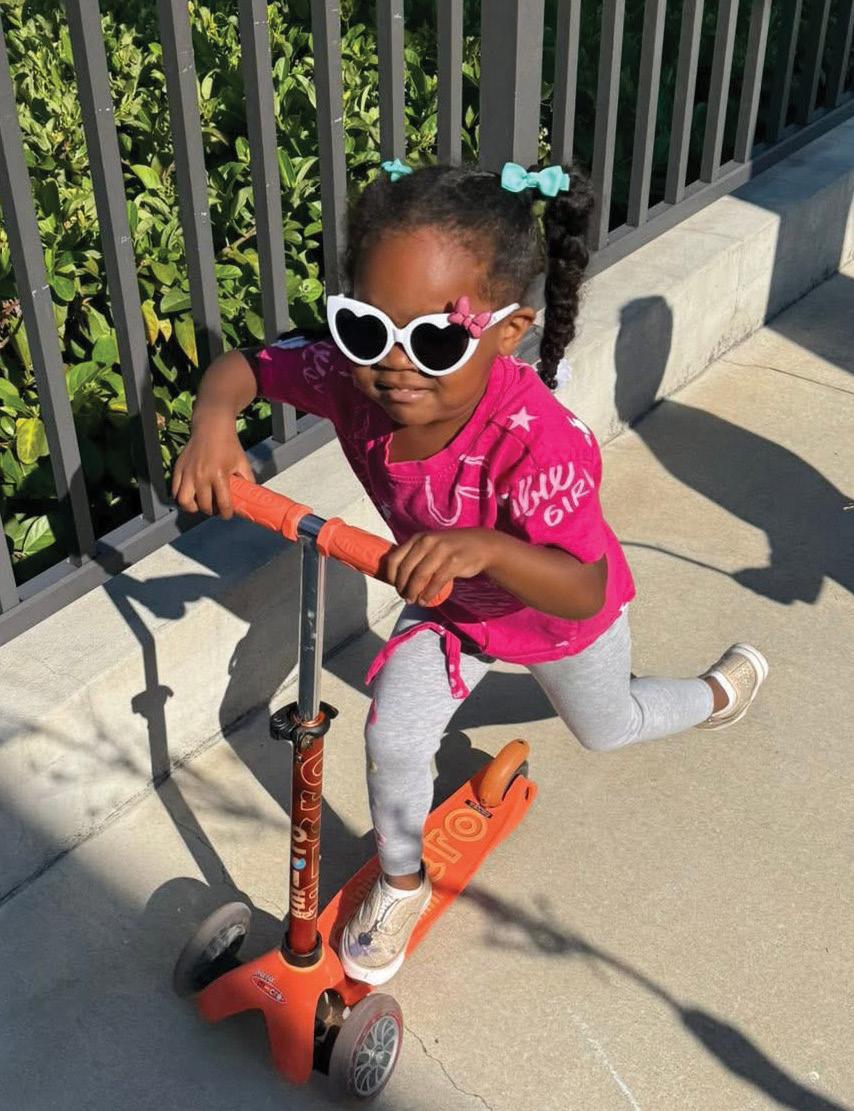

At Jonesville Preparatory Preschool we offer:
• Classes for children ages 2 through pre-K
• Compassionate and experienced teachers
• A brand new state-of-the-art facility
JONESVILLE PREP
• Total school enrollment limited to 40 students allowing for small class size with individualized attention
• Research-based curriculum unites learning and play
• Hours are: Monday to Friday 8 a.m. - 5 p.m. (Early Care 7- 8 a.m.)
• 3 flexible schedule and payment options


My name is Mary Holmes and I have the privilege of being a part of Jonesville Preparatory from the beginning. My family and I have lived in Alachua for over 20 years. My husband is an Investigator with the Florida Fish and Wildlife Commission. We have two grown children, Allyson, & Branden, and we just welcomed our first grandchild. I have been teaching over 30 years in Early Education. With the past 5 years serving as Director at Jonesville Preparatory.
Together with a team of incredible and creative teachers, I am committed to providing your family with a loving and developmentally sound foundation for a lifetime of learning. At Jonesville Preparatory, we believe that children learn best through play and meaningful interactions, and we strive to create and maintain an environment where your child can grow and flourish while exploring the world around them. Thank you for sharing your precious children with us.


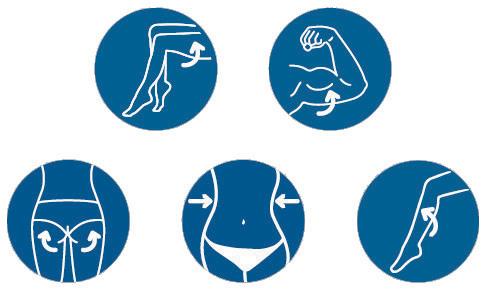



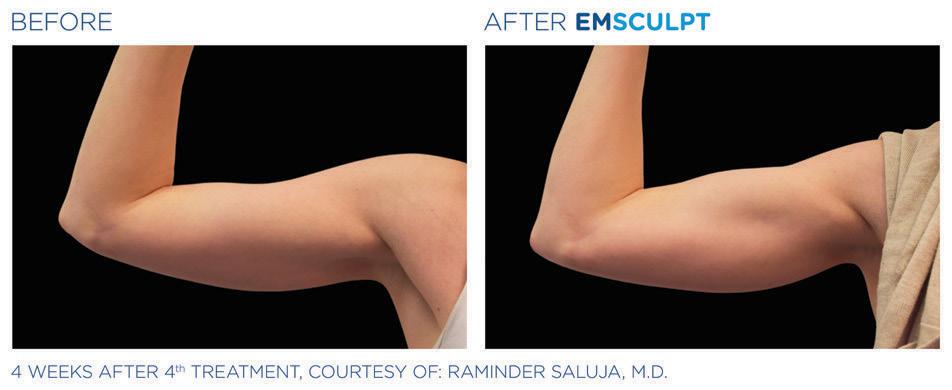

EMSCULPT is the only procedure to help both women and men build muscle while burning fat. It’s also the world’s first non-invasive procedure for toning the buttocks. Get results similar to exercising and dieting for six months in a matter of a few treatments. Don’t wait months — achieve noticeable results within days!
Imagine doing 20,000 crunches in 30 minutes. Now imagine doing that while laying back, reading a book, and not breaking a sweat or feeling at a loss for breath. Sound too good to be true? It’s not. With EMSCULPT technology, you can eliminate bulge, improve cellulite, and build muscle while simply laying down.
EMSCULPT uses HIFEM® (high-intensity focused electromagnetic energy) to stimulate strong contractions in the muscles that would otherwise be impossible to achieve through voluntary contractions.
With this procedure, there is zero downtime and none of the soreness or other downsides of an intense exercise session. Even better, patients usuallyment!
A standard treatment package is usually four sessions, spaced a few days apart, but your team at Gainesville Dermatology Aesthetic Center will help you decide on the best treatment options to achieve your goals. Best of all, the procedure doesn’t require the use of anesthesia or needles.
EMSCULPT won’t replace a healthy lifestyle, but it can help you burn stubborn fat when a standard diet and exercise are not enough. Contact us today to claim your toned body.
As we celebrate 10 years of Celebrate Primary Care, our hearts are filled with deep gratitude.
What began as a dream to provide compassionate, accessible, and personalized care has grown into a vibrant community—because of you. To our patients, thank you for trusting us with your health, your stories, and your lives. You’ve been the heart of our practice and the inspiration behind every decision we make.
To our community and supporters, thank you for standing by us, spreading the word, and believing in the vision of direct primary care. Your support has helped us grow, innovate, and remain committed to putting people over paperwork.
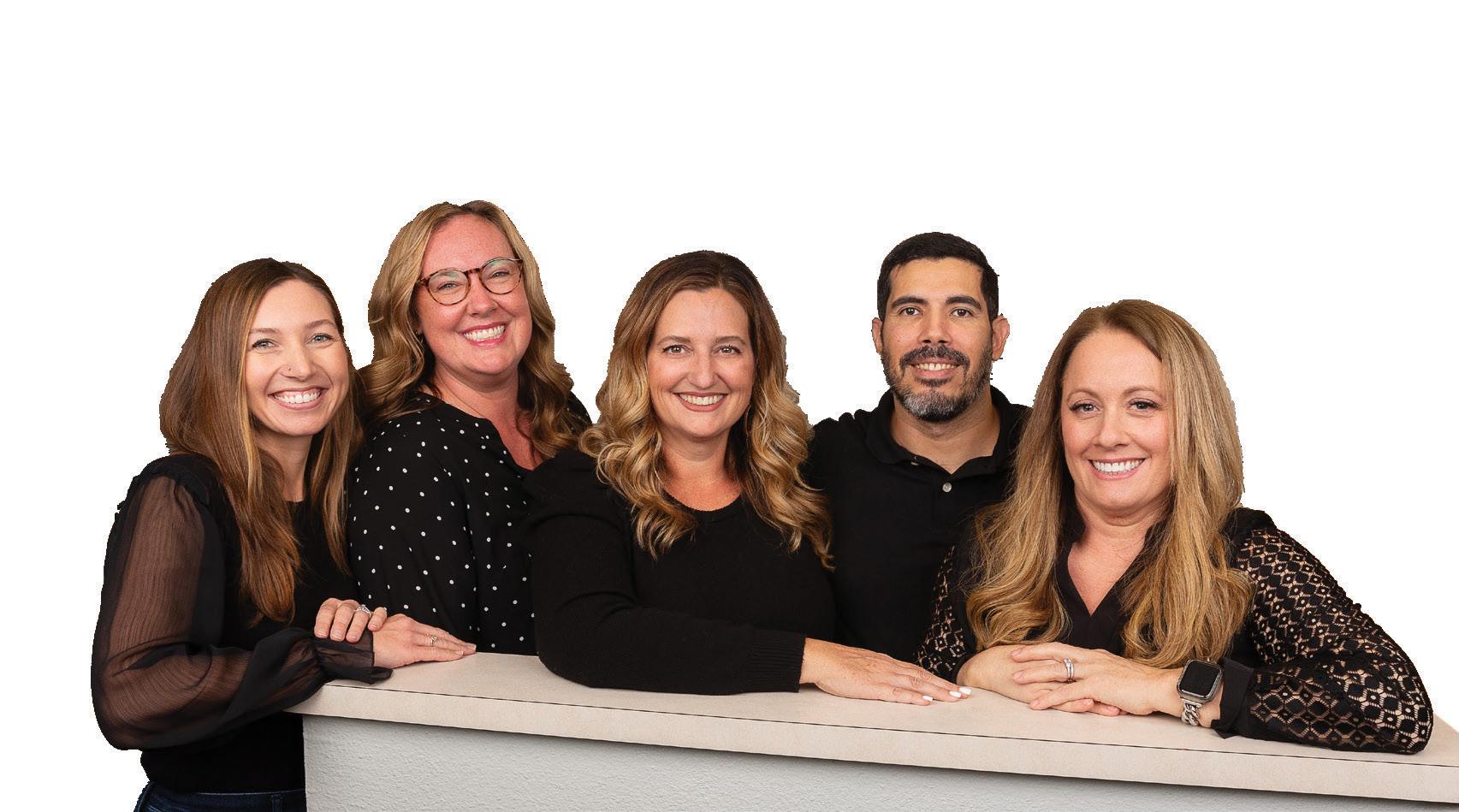
Ten years is a milestone—but it’s also a reminder of the relationships we’ve built, the lives we’ve touched, and the many more we hope to serve. We look forward to the next decade with excitement, humility, and the same dedication to care that brought us here.
With gratitude,

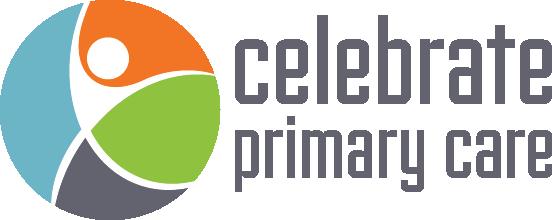

PUBLISHER & EDITOR-IN-CHIEF
ART DIRECTOR
VICE PRESIDENT OF SALES
ACCOUNT EXECUTIVE
CONTRIBUTING WRITERS
Nicole Irving
Aníbal Rodríguez
Shane Irving
April Tisher
Selena Garrison, Nicole Irving, Lindsey Johnson, Cole Purvis, Amanda Roland, Stacy Shine, Ted Spiker, Tracy Wright
MAILING ADDRESS
5745 SW 75th St. Unit 286
Gainesville, FL 32608
PHYSICAL ADDRESS
101 SW 140th Terrace Suite C
Newberry, FL 32669
Gainesville Office: 352.505.5821
wellness360magazine.com wellness360@irvingpublications.com
Wellness360 is a registered trademark property of Irving Publications, LLC. All rights reserved. Wellness360 is published by Irving Publications, LLC. © 2025
Irving Publications, LLC reserves the right to edit and/or reject any advertising. Irving Publications, LLC is not responsible for the validity of any claims made by its advertisers. Nothing that appears in Wellness360 Magazine may be reproduced in any way, without written permission. Opinions expressed by Wellness360 Magazine writers are their own and do not necessarily reflect the publisher’s opinion. Wellness360 Magazine will consider all never before published outside editorial submissions. Irving Publications, LLC reserves the right to edit and/ or reject all outside editorial submissions and makes no guarantees regarding publication dates.
The information found in Wellness360 Magazine does not constitute individualized medical advice. You must NOT rely on the information in this magazine as an alternative to medical advice from your doctor or other professional health care provider. If you have any specific questions about any medical matter you should consult your doctor or other professional health care provider. If you think you may be suffering from any medical condition you should seek immediate medical attention. You should never delay seeking medical advice, disregard medical advice, or discontinue medical treatment because of information in this publication. Wellness 360 Magazine assumes no responsibility for any circumstances arising out of the use, misuse, interpretation or application of any information supplied within the magazine. Always consult with your doctor for appropriate examinations, treatment, testing and care recommendations. Do not rely on information on in this magazine as a tool for self-diagnosis. You exercise your own judgment when using or purchasing any product highlighted in Wellness360 Magazine. Wellness 360 Magazine assumes no responsibility for errors or omissions in this publication or other documents that are referenced by or linked to this publication.
For more information regarding advertising within Wellness360 Magazine, please visit irvingpublications.com, call 352-505-5821 or email shane@irvingpublications.com.





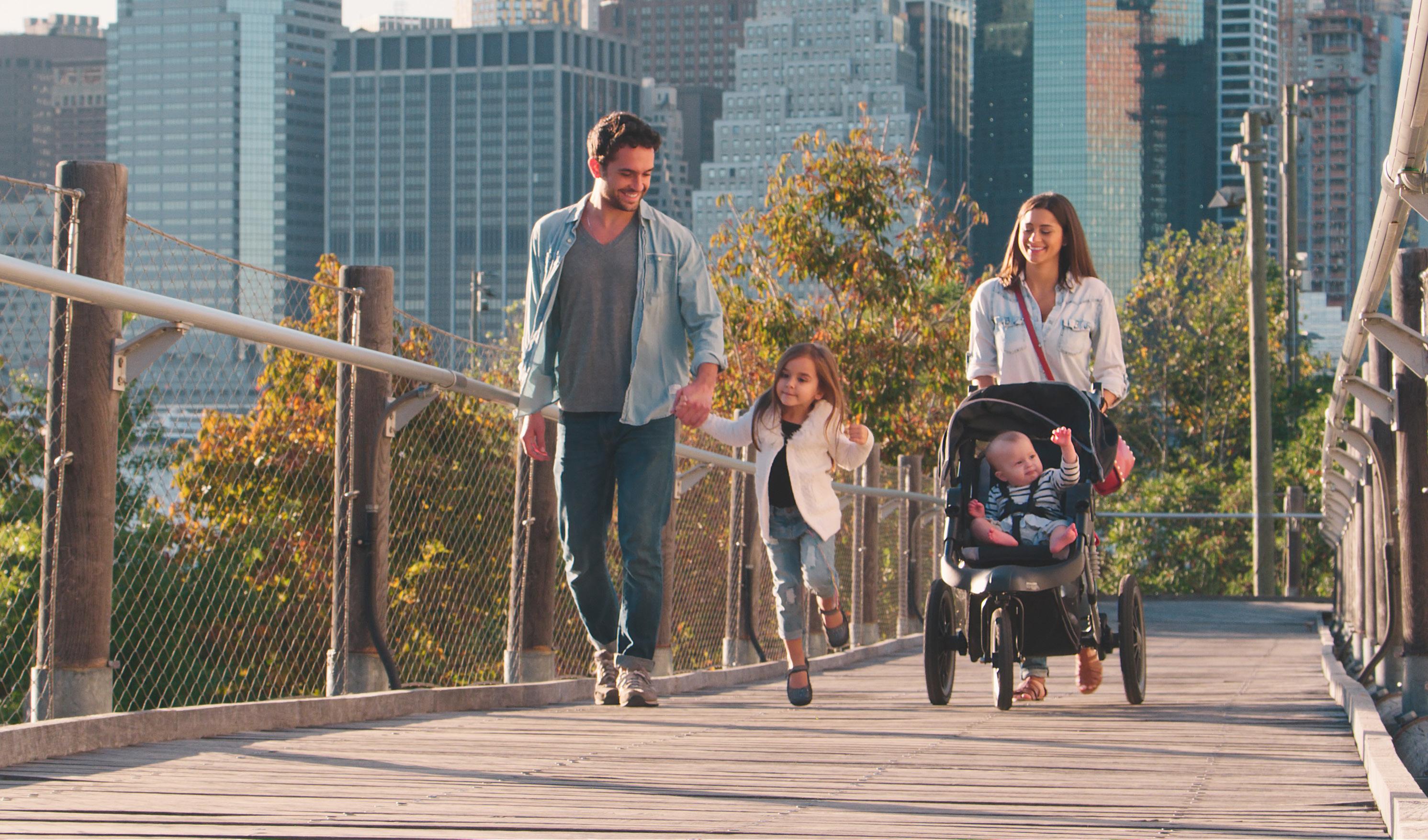
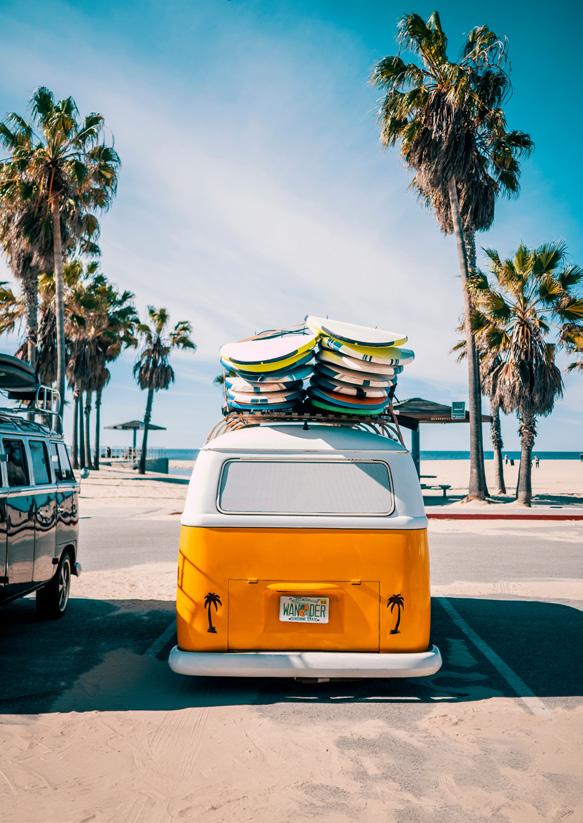
25 America’s Fittest Cities to Visit (and Why You’ll Burn Calories Just Exploring)
From lakeside bike rides to urban hikes, here are eight U.S. cities where you’ll naturally rack up the steps.
29 Feeling the “Jet” Lag: How Air Travel Affects our Bodies
Jet Lag can affect people in very different ways, but there are ways to combat it and lessen its impact when you are traveling.





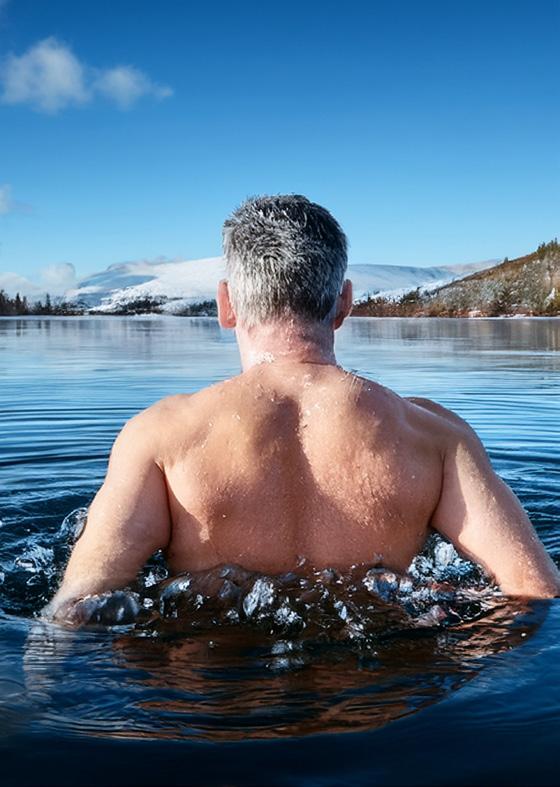



I love to fly. I love the fact that in just hours you can travel from one point on the globe to another. From the east coast to west coast, from the south to north and across the oceans… flying can get you to an all new destination in just hours. I have flown commercial and private, from the U.S. to Europe, Florida to Hawaii, with kids, without kids, with friends and solo, and even though I am deathly afraid of heights, I’d hop on a plane any day. But, flying doesn’t come without hiccups, am I right?
Just this past weekend, I flew home from California. I made it safely… my luggage did not. Peculiar. And, while the airline did eventually return my suitcase, a little more banged up than when I gave it to them and minus one gifted luggage tag I had on it (sniff sniff), I wondered what happened to the system. How did it get lost and why? And, now that I think about it, there are lots of things I question about flying these days. Like, why do we load planes front to back? Why does first class like to sit before everyone and get hit with every item that passes them? Why does it seem like window seats also get seated last, making every aisle person enter, then exit, then re-enter after the window seat is boarded. Or, why do we rush to get in line, to wait to get on to the plane, only to sit there for what seems like an eternity before we eventually take off. And, who chose Biscoff cookies as the chosen “cookie” for all flights? They are quite delightful, but, still… on all flights? I am sure there are reasonable answers to these questions, but I am still forever going to wonder… what did happen to my luggage?
But, the actual plane ride isn’t the only thing that can lend to hiccups with air travel. Let me tell you… if you have never experienced it, jet lag is a real thing. After two weeks in
California on west coast time, I am on the struggle bus as we speak trying to function on east coast time. Anyone else feel my pain? If you too experience jet lag, you’re gonna love our piece in this issue on how to help prevent and recover like a champ! I’m putting notes in my phone for next time!
And, while flying certainly has its ups and downs (no pun intended), it is still an amazing way to travel and to be able to see and experience other parts of the world that without it, would be near impossible.
So, next time you have a chance to embark on a new adventure that comes with a little bit of time in the air, go ahead, book that ticket, relax and enjoy the pace of boarding the plane (insert eye rolls here), lock and track your luggage (will be doing that from now on) and have the time of your life. Sure, it may come with some hiccups and bring about a whole new set of questions like “why aren’t chocolate chip cookies the go-to cookie on a flight,” but, your next adventure is waiting for you, so go enjoy it!

Nicole Irving, Publisher, EIC nbirving@irvingpublications.com



BY TRACY WRIGHT
Exercise and activity have so many benefits for our bodies, but it can also bring some unwanted side effects. Chafing is a common skin condition that can occur when skin rubs together from activity and/or hot weather.
“The medical definition of chafing is a skin irritation that happens when your skin rubs against another part of your skin…or against clothing or another material,” said the Cleveland Clinic. “Chafing commonly occurs in warm, moist areas such as your inner thighs, groin, buttocks, armpits and under your breasts.”
But chafing can also occur in other areas, including buttocks and feet, made worse by ill-fitting shoes combined with sweat. Unfortunately chafing is often made worse by heat, humidity, sweat and moisture, something that can’t be avoided in the hot Florida summer.
• A red, itchy rash
• Raised bumps
• A hot, stinging or burning feeling on the affected area
• Tender skin
• Excessive irritation
• Flaky, dry skin
More severe chafing can include: “blisters; torn, cracked, or broken skin; welts; swelling; bleeding, or [even] secondary skin infections.”
Once you identify the symptoms of chafing, try to discontinue the activity that caused the friction in area with the condition. Clean the area with mild soap and water and be sure to pat it dry. You can then treat the affected skin according to the severity of irritation.
“After you’ve cleaned and dried the infected area, apply an aloe vera gel. Aloe vera may help relieve any pain and prevent further infection,” said the Cleveland Clinic. “Then, apply a layer of petroleum jelly to help heal irritation and prevent the chafing from getting any worse. [Zinc oxide can also be helpful as a barrier cream.] To treat chafing in your groin area, you may try applying cornstarch to help absorb excess moisture.”
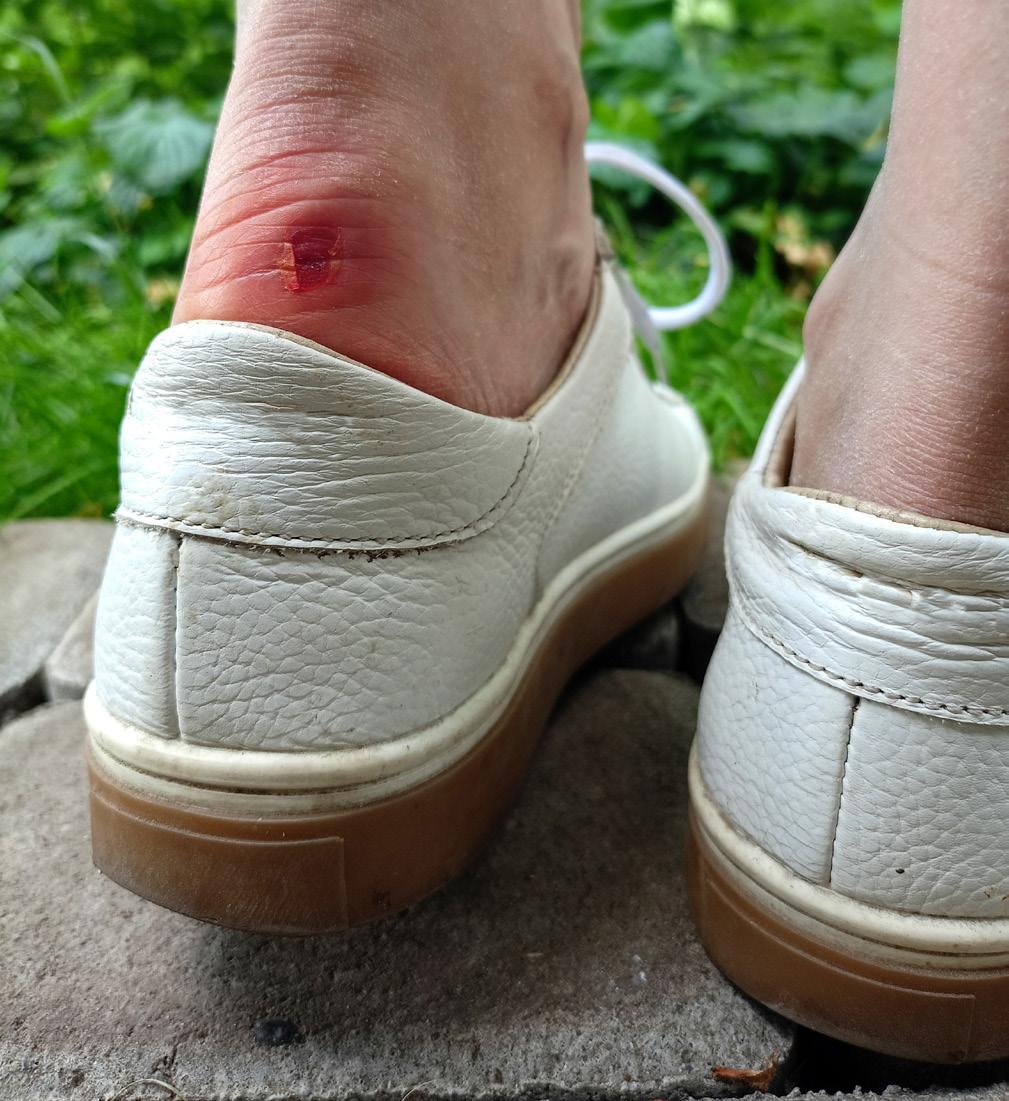
Chafing should heal within a few days especially if you treat while avoiding the activities that caused it. However, if you notice symptoms like oozing, discharge, discoloration or crusting, you may need to visit your doctor. Some severe forms of chafing can cause infections which will need to be treated through antibacterial or antifungal creams, cortisteroids or oral antibiotics.
“If you don’t seek treatment, you could develop complications such as intertrigo, a kind of dermatitis caused by skin folds rubbing up against each other in warm, moist areas. Intertrigo is more severe than chafing. It can cause an oozing rash and lead to yeast or bacterial infections,” said the Cleveland Clinic.
“Wear clean, dry clothing, and keep your skin as clean and dry as possible. If you’re working out or exposed to hot temperatures, bring a towel to wipe off sweat and wear moisture-wicking fabrics to keep you cool. Dried sweat and dirt can also cause irritation, worsening chafing,” said Everyday Health.
Wear 100% cotton or fabrics that are specifically described as moisture-wicking when active, including socks. Tag free clothing always works better as it is one less irritant to your skin.
Use anti-chafing sticks or creams or petroleum jelly on areas prone to the condition. Make sure your shoes are not illfitting and put bandages on areas susceptible to friction.
BY LINDSEY JOHNSON, MS, MCHES, CF-L2

We’ve all gotten dizzy from time to time with some of us even suffering from the awful symptoms of seasickness. But there is a more severe form of this type of condition, known as vertigo, and it affects many people, often causing a debilitating daily affliction.
“Vertigo is a sensation that the environment around you is spinning in circles. It can make you feel dizzy and off-balance. Vertigo is a symptom of lots of health conditions rather than a disease itself, but it can occur along with other symptoms,” said the Cleveland Clinic.
These other symptoms include “nausea and vomiting, dizziness, balance issues, hearing loss, ringing in ears, headaches, motion sickness, or nystagmus — a condition that causes your eyes to move from side to side rapidly and uncontrollably,” according to the Cleveland Clinic.
There are two main types of vertigo: peripheral and central vertigo. Medline Plus said: “Peripheral vertigo is due to a problem in the part of the inner ear that controls balance. The problem may also involve the vestibular nerve. This is the nerve between the inner ear and the brain stem.
This type of vertigo can be caused by certain medications, head injury, inflammation of or pressure on the vestibular nerve, irritation and swelling of the inner ear, or Meniere disease.”
But one of the most common causes of peripheral vertigo is benign paroxysmal positional vertigo (BPPV).
The American Medical Association says “By definition, BPPV is not indicative of some underlying malignant disease such as cancer. It is caused by crystals inside the inner ear being dislodged from their normal positions. Most vertigo are 80 percent or 90 peripheral causes or ear causes.”
The other type of vertigo is known as central vertigo caused by issues in the brain. “Central vertigo may be caused by blood vessel disease, use of certain drugs or alcohol, multiple sclerosis, seizures, stroke, tumors, or a vestibular migraine,” said Medline Plus.
Other conditions that can cause vertigo include prolonged bed rest, ear surgery, low blood pressure, muscle weakness or hyperventilation.
So besides the underlying medical conditions that cause vertigo, other lifestyle factors can trigger the most common form of vertigo, BPPV. These
include chronic stress, anxiety, elevated blood pressure and ear infections.
“While inner ear conditions are the main cause of vertigo, stress can make it worse. Stress hormones can influence your vestibular system, making you feel more anxious and causing more frequent vertigo episodes,” said University of Central Florida Health.
Unfortunately, vertigo can result some awful effects, like falls and fractures. It also can prevent the afflicted from being able to perform everyday functions like driving, working and maintaining their household.
Once the patient visits their healthcare provider, they will likely run some tests to confirm a vertigo diagnosis. According to the Cleveland Clinic, these may include certain diagnostic tests that require physical endeavors to assess the reaction, like marching in place, moving head from side to side or assessing eye movements. In addition, providers may use blood tests, electroencephalograms (EEGs), battery tests to examine the inner ear or imaging tests like a CT scan or MRI.
Treatment may include repositioning interventions like the “Epley maneuver, [which] can help shift the crystals out of your semicircular canals back into your utricle. These maneuvers consist of a series of specific head movements. They can also teach you how to do it at home,” said the Cleveland Clinic.
Other treatments may include prescription medications that can help relieve symptoms of vertigo or physical therapy to improve balance. The American Medical Association recommends monitoring stress levels, keeping hydrated, ensuring the right nutrition diet (including watching salt intake), getting adequate levels of sleep, and taking a vitamin D supplement.
Health care providers recommend not letting your vertigo go too long without intervention. “Contact your provider for an appointment if you have vertigo that does not go away or interferes with your daily activities,” said MedLine Plus.

BY COLE PURVIS

Let’s face it, some days, just making it to lunchtime feels like a marathon. Whether it’s the 3 p.m. slump or the morning fog that just won’t lift, low energy can sneak in and derail your focus, mood and motivation. But here’s the good news: You don’t need to overhaul your entire life to feel more energized. A few smart, sciencebacked tweaks to your daily routine can give you a noticeable lift, no mystery powders or 10-step wellness routines required.
It might sound obvious, but energy starts with sleep. According to the Centers for Disease Control and Prevention (CDC), adults need at least seven hours of sleep per night. Not getting enough consistently doesn’t just make you tired, it can impair your cognitive function, mood and metabolism. But here’s the kicker: It’s not just about how long you sleep, it’s how well you sleep.

A study published in Sleep Health found that inconsistent sleep schedules and poor sleep quality are linked to lower energy and reduced mental performance during the day. To improve your sleep hygiene, try going to bed and waking up at the same time every day (yes, even on weekends), limiting screen time an hour before bed and keeping your room cool and dark.
It might seem counterintuitive, but when you’re low on energy, physical activity can actually help. According
to the Mayo Clinic, regular exercise boosts endurance and strengthens your heart and lungs, helping your body use oxygen more efficiently. That means more energy throughout the day.
And no, you don’t need to hit the gym for an hour. A 10-minute brisk walk can increase energy and improve mood, per a study published in Psychotherapy and Psychosomatics. Just getting your body moving, even in short bursts, can offer a natural pick-me-up.
Food is fuel, but not all fuel is created equal. Loading up on simple carbs and sugary snacks may give you a quick boost, but it’s usually followed by a crash. Instead, focus on balanced meals with complex carbs, protein and healthy fats.
According to the Harvard T.H. Chan School of Public Health, choosing whole grains (like brown rice or oats), lean proteins and fiber-rich vegetables can help keep your blood sugar stable and your energy steady. And don’t forget to hydrate, as fatigue is one of the first signs of dehydration. The National Academies of Sciences, Engineering, and Medicine recommends about 2.7 liters of fluid per day for women and 3.7 liters for men, including water from both beverages and food.
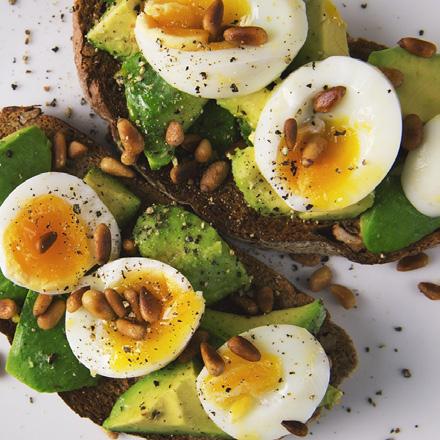
Ever notice how a quick walk outside makes you feel more awake? That’s no accident. Exposure to natural light helps regulate your circadian rhythm, the internal clock that influences sleep and alertness, according to the Sleep Foundation. Even 10–15 minutes of sunlight in the morning can help signal to your body that it’s time to be alert and focused.
Pair that with regular screen breaks, and your brain will thank you. The American Optometric Association recommends the 20-20-20 rule: Every 20 minutes, look at something 20 feet away for 20 seconds. It gives your eyes, and your mental focus, a reset. You don’t need to chug energy drinks or schedule back-to-back power naps to feel your best. With a few intentional changes — better sleep, smarter meals, light movement, and sunlight — you can hack your energy and reclaim your day.
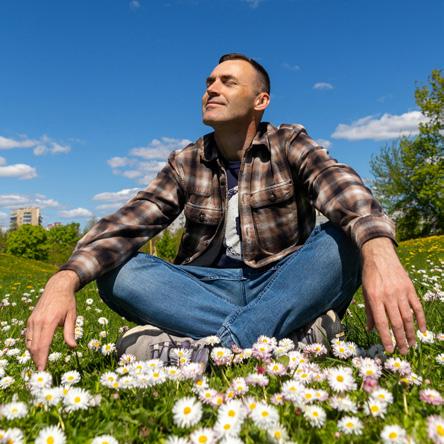
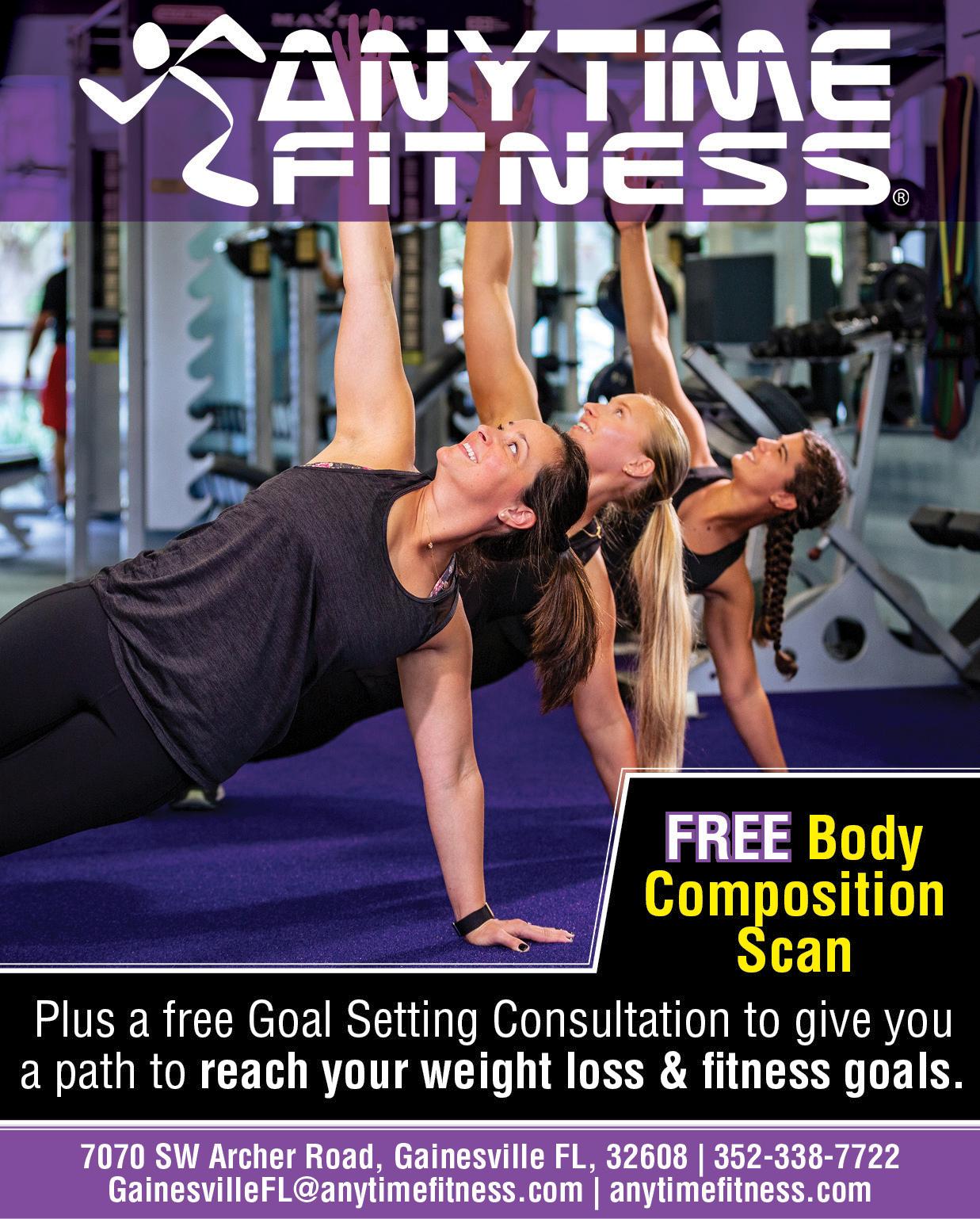

BY LINDSEY JOHNSON, MS, MCHES, CF-L2
Rucking has become a popular fitness activity in recent years. Many associate it with elite competitors but rucking is an activity that is accessible to nearly everyone. In fact, you’ve almost certainly done it in everyday life without thinking of it as an intentional exercise - you’re already an expert!
— According to GORUCK, a leader in rucking accessories and events, rucking is defined as “the action of walking with weight on your back. Walking with a weighted rucksack (aka backpack) is a low impact exercise based on military training workouts. Hiking is rucking in the mountains and urban hiking is simply called rucking. You've probably even spent time rucking - traveling, bringing books to school, or on your commute to work. Carrying weight is a necessary part of life, and as it turns out, humans are naturally good at it, too.”
RUCKING
Additional benefits cited by GORUCK include:
• Improve bone density: A study by the U.S. Army Research Institute of Environmental Medicine determined that rucking had a positive effect on bone formation and resorption.
• Blood sugar management: Combat insulin resistance by preventing buildup of visceral fat. Rucking directly after eating helps control blood sugar levels immediately.
• Combats dementia: Fighting against insulin resistance also helps prevent the buildup of plaques associated with Alzheimer’s disease.
• Improve posture: Work against that tendency to hunch over caused by endless hours in front of a computer. Improved posture also helps alleviate low back pain.
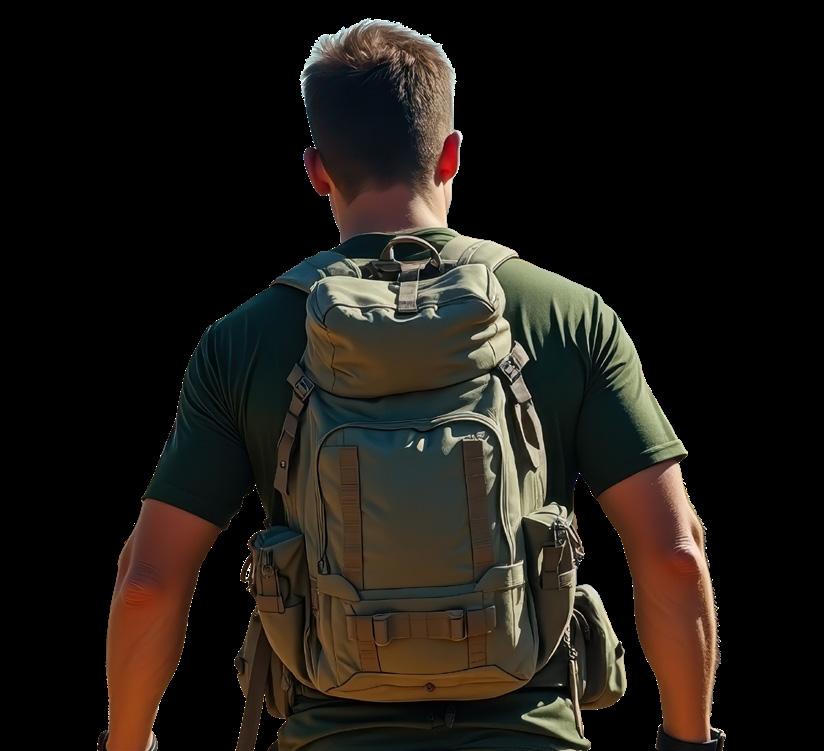
— Rucking for fitness originated with military training. The U.S. Army (as well as militaries around the world) use this type of training to prepare soldiers for long hikes through the wilderness carrying their supplies. In order to gain their Expert Infantryman Badge (EIB), Army infantry recruits must complete a 12-mile ruck march within three hours carrying a load between 35-100 pounds (along with their rifle) as one of the requirements.
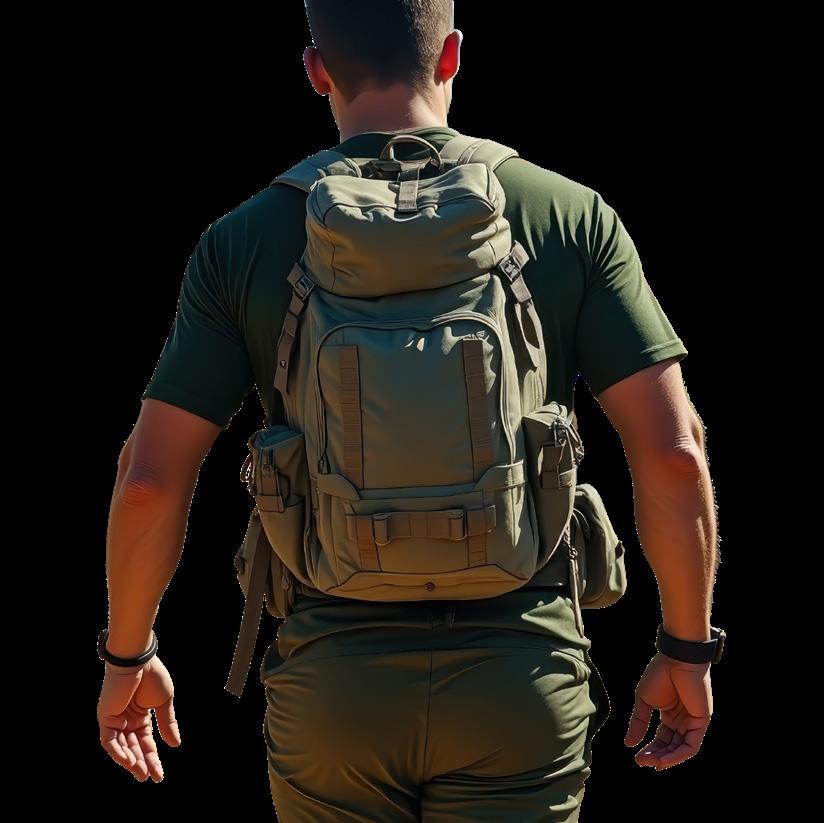
While rucking can be completed at any level, those who are looking for a more competitive route can find a variety of events at GORUCK that will challenge the limits of physical and mental resilience. Everything from a rucking 5K to some of the most challenging endurance events. Savage Race also offers a rucking division for many of their events.
FROM A LOCAL — Local resident and fitness trainer Noah Holmer says he got into rucking a few months ago as a way to add an extra physical and mental challenge to his daily walks. He has embraced rucking as part of his workout routine and has even created a local group for men to complete fitness routines together, including rucking. Holmer states, “the best part is almost anyone can do it. You’re walking with extra weight, you can adjust pace, distance and weight to align with your ability.”
BENEFITS OF RUCKING — According to the Cleveland Clinic, there are several benefits to rucking:
• Burn more calories: Rucking can burn up to three times as many calories as walking without weight, making it similar to jogging.
• Build strength: A study by Mair, De Vito and Boreham found that weighted walking in adults 65 to 74 years old improved leg strength, power and functional abilities.
• Improve physical conditioning and endurance: Rucking is a low-impact way to increase physical performance and improve endurance.
• Mental health boost: Typically completed outdoors, nature can lower stress, blood pressure and enhance mood. Rucking is also often completed with others, providing social benefits.
For those new to rucking, Holmer suggests to “start simple. Throw on a weighted backpack, weighted vest and go for a walk. A 20-30 minute walk with 10-20 pounds is a relatively safe starting place, depending on your current fitness level. Keep it manageable and consistent. You can ruck solo, join a group, throw on a pack anytime you walk your dog, or make it a social event. The goal is personal improvement, physical and/or mental.”
Grab that backpack lurking in the back of your closet, throw some stuff in it and head outside. Get comfortable with the idea of carrying around some extra weight. Challenge yourself by exploring local trails. As you get comfortable, add extra weight or distance and pick up the pace. Focus on maintaining good posture throughout the ruck. Increasing weights, distance or speed will have added benefits but as with any exercise, ease into it slowly and consult your provider beforehand, particularly if you have certain medical conditions.



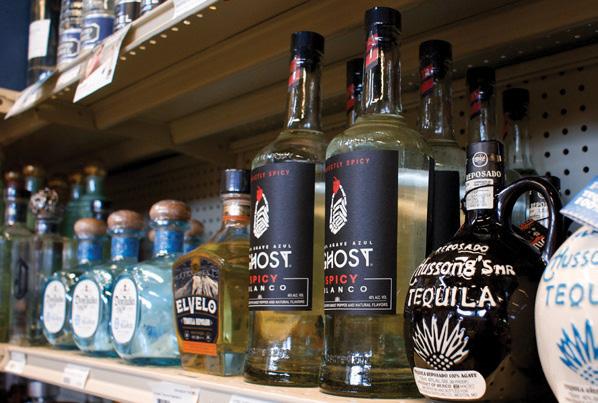


BY TED SPIKER
When you spend more than two decades in Florida, you learn to like inclines about as much as you adore 4 p.m. August temps. Granted, I do like hiking and appreciate the views from above, and lordy knows that I could use the work it takes to summit some steepness. Yet my gratitude for such topography quickly fades as I gruffly huffpuff-huff-puff on any ascent.
TED SPIKER
(@ProfSpiker) is the associate dean for undergraduate affairs at UF’s College of Journalism and Communications. He is also health and fitness writer who has co-authored 30+ books and whose work has been published in the Washington Post, Esquire, WebMD, Men’s Health, Runner’s World, and more.
When I taught for three-plus weeks in a study-abroad program in city known as much for its urban hills as it is for its pastel de nata, I knew that Lisbon would serve as an excellent test of lungs, glutes, and sweat glands.
Every walk to and from metro stations, every exploration of city streets, every adventure, every everything would require me to…

Over time, my body got (sort of) used to the (never-ending) climbs (but never the 57 steps up to my apartment). Maybe I need to credit the landscape for getting me away from my typical routine—and shifting my habits, my mindset, and my approach to wellness.
only nibbled on a few during my stay. Note: Gelato data will remain redacted.

While away, I didn’t do as much formal exercise, but I upped my step count (my highest day = 27,926). I didn’t give up wine, but I did lay off the hard stuff. I didn’t try to diet, but I barely touched a processed food. As for the pastel de nata (the popular two-bite egg custard pastry), I
Maybe this was the habitbuster I needed. Since I’ve returned home, I’ve boozed less, I’ve hydrated more, I don’t crave snacky foods, and I’ve felt a difference.
Mind you, I’m not going out of my way to do stadiums just yet (I’ve had my fill of hills for now), but the change of scenery may have just tweaked me in the way that I needed.
Maybe completely getting out of your rhythm is the better way to find a new one.
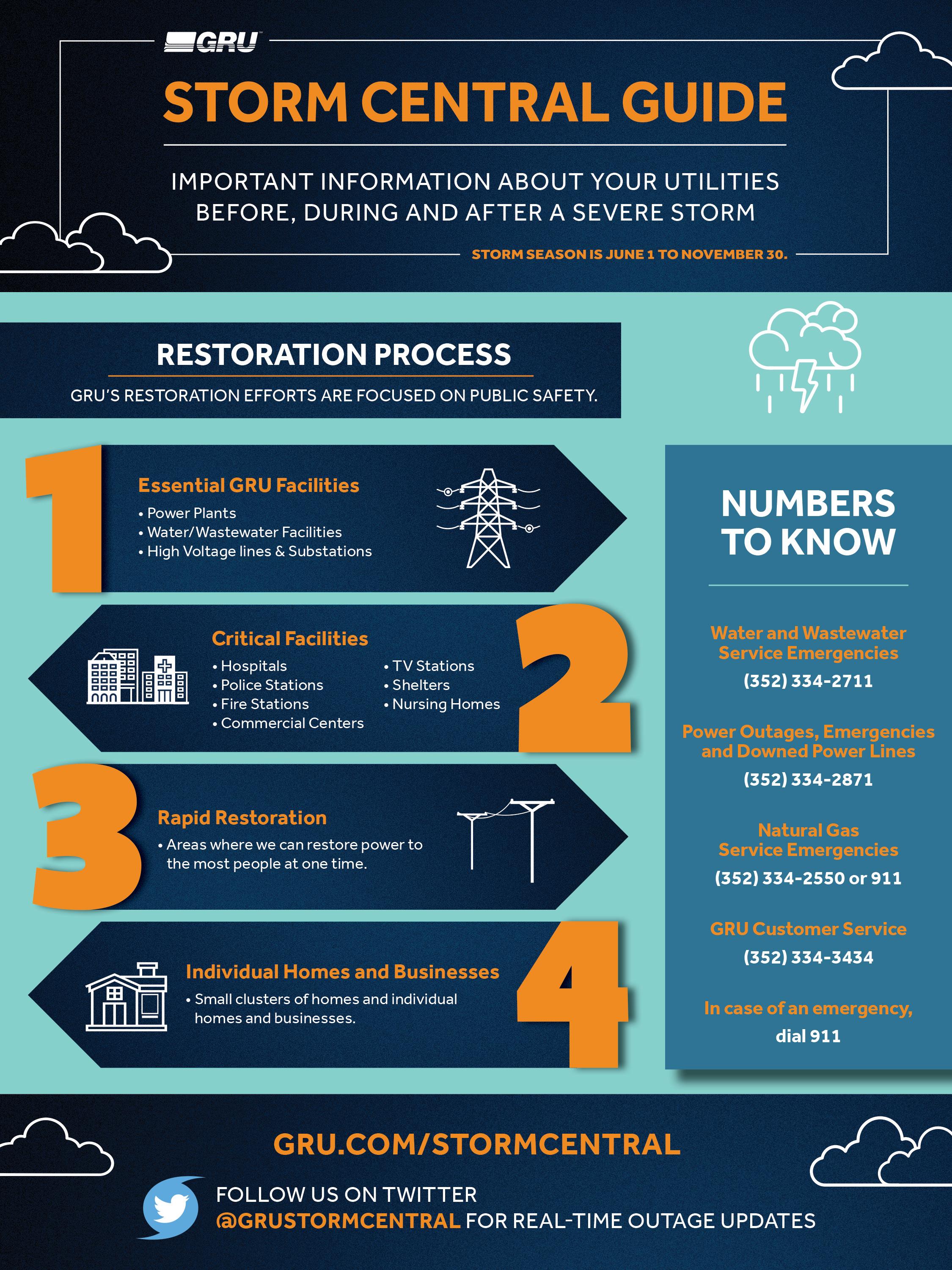





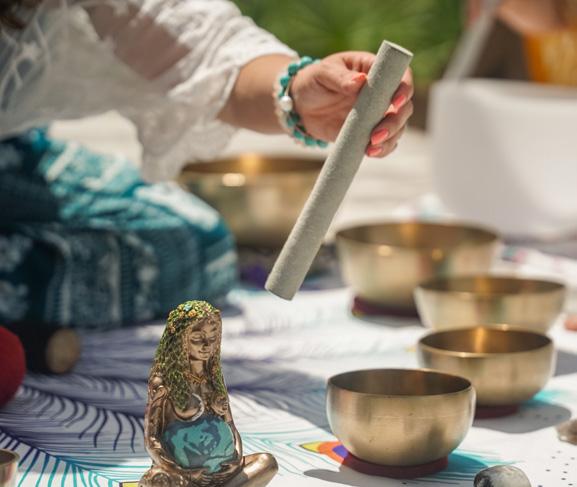
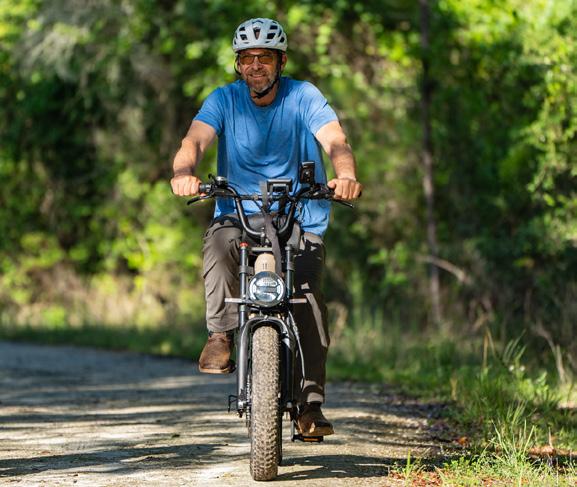


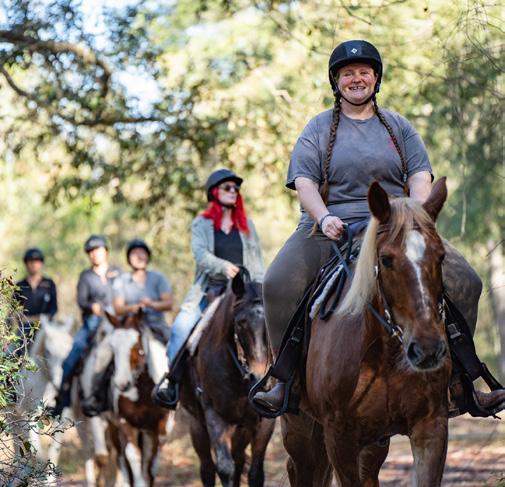
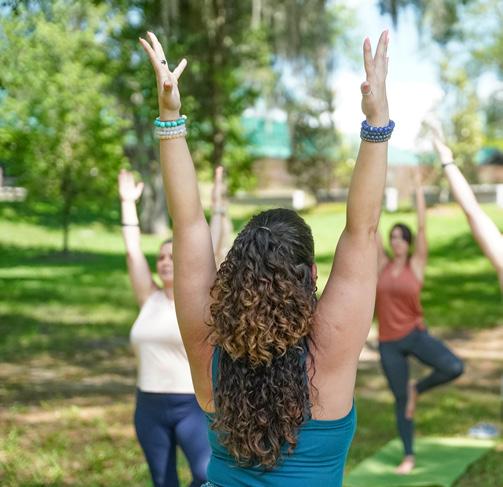


BY COLE PURVIS
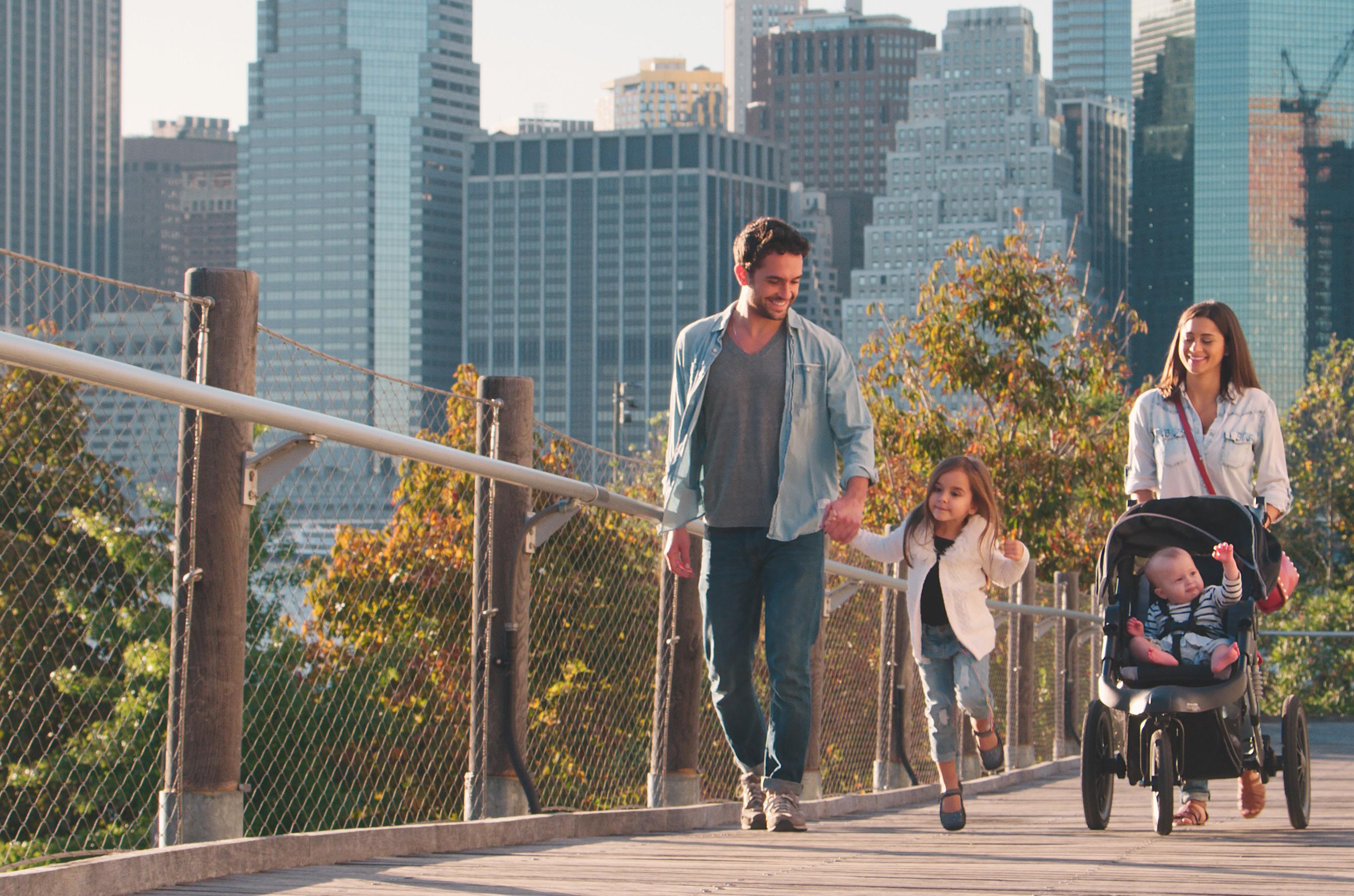
Imagine a trip where sightseeing doubles as a workout. In some of America’s most active cities, you won’t need a gym membership to break a sweat. These places are built for movement, with walkable streets, scenic trails and health-minded communities that make it easy to stay active without trying too hard.
From lakeside bike rides to urban hikes, here are eight U.S. cities where you’ll naturally rack up the steps — and maybe leave a little fitter than when you arrived.
Arlington continues to rank as the fittest city in America, according to the American College of Sports Medicine’s 2024 Fitness Index. That’s no accident. The city is designed with movement in mind, offering easy access to parks, trails and pedestrian pathways.
You’ll find locals walking or biking to work, not just for fun, but as a primary mode of transportation. Take a stroll or run along the
Mount Vernon Trail, an 18-mile stretch that hugs the Potomac River, and you’ll see why this city makes staying active feel effortless.
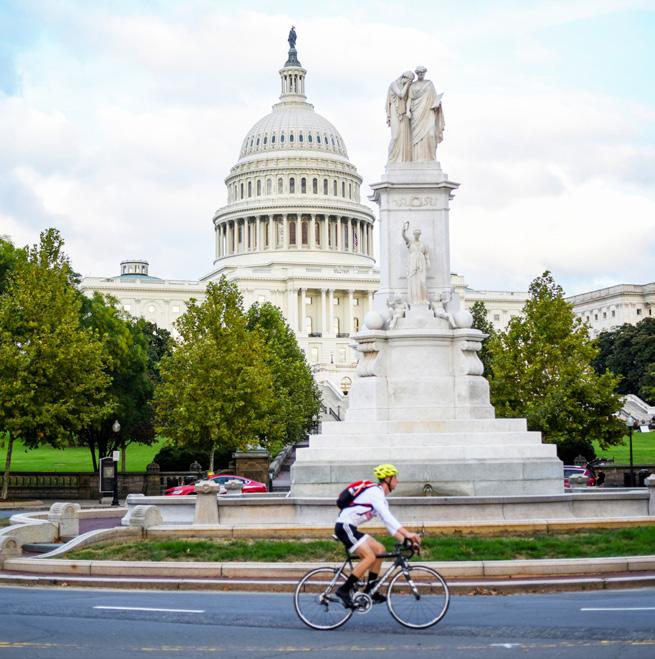
The nation’s capital is more than a history lover’s paradise. It’s also one of the most fitness-forward cities in the country. According to U.S. News, D.C. ranks among the top three cities for overall health and physical activity.
Thanks to its wide sidewalks, scenic riverfronts and free fitness events — like outdoor yoga on the National Mall — you can turn sightseeing into a solid cardio session. Want a real challenge? Try jogging up the steps of the Lincoln Memorial.
San Francisco’s steep hills might not be ideal for driving, but they’re perfect for firing up your glutes. The city is consistently ranked one of the most walkable large cities in the country. According to WalletHub’s 2024 report on the healthiest U.S. cities, it’s also among the top five for physical activity and access to healthy food.
Whether you’re climbing the stairs in Telegraph Hill, biking through Golden Gate Park, or using the public fitness equipment at Ocean Beach, you’re bound to burn calories with every block.
With a view of Mount Rainier on the horizon and lush parks around nearly every corner, Seattle makes it easy to stay active year-round. According to WalletHub, the city has one of the highest percentages of physically active adults in the country.
Green Lake and Discovery Park are local favorites, offering running and biking trails with forested scenery. Even a casual day of exploring can involve hiking, kayaking or using public fitness stations along Puget Sound.

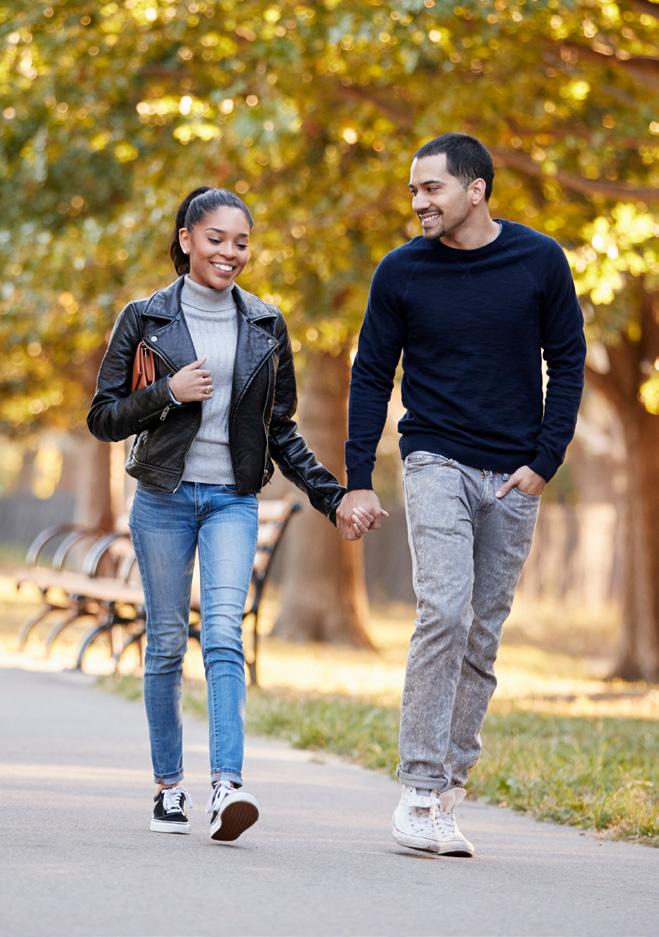
Walk whenever possible. Skip the Uber and explore on foot or by bike.
Look for free or drop-in outdoor fitness classes in parks or plazas.
Use public workout stations and trails. Most are free, well-maintained and open year-round.
Choose a hotel or Airbnb near green space to make activity more accessible.


Few places make movement feel more like vacation than San Diego. The coastal climate encourages an outdoor lifestyle, and the city ranks high on WalletHub’s list of the healthiest places to live, with abundant parks and yearround access to outdoor workouts.
You can join a boot camp in Balboa Park, hike the cliffs of Torrey Pines, or do yoga at sunrise on Mission Beach. With ocean views as your backdrop, even the toughest workouts feel like a treat.
Don’t let the winters fool you. The Twin Cities are built for activity in every season. Minneapolis consistently ranks among the most bikeable cities in the U.S. and boasts a vast network of interconnected greenways, parks and lakes.
A combination of walkable infrastructure, green space and community culture helps make these destinations stand out. According to a 2023 study published in Environment International, people who move to more walkable neighborhoods increase their levels of physical activity significantly without changing their routines.
That means your environment matters. Cities that are designed to support active transportation and recreation
The Grand Rounds Scenic Byway links over 80 miles of trails through neighborhoods and nature, making it perfect for runners, cyclists, and casual walkers alike. Whether you're paddleboarding in the summer or snowshoeing in winter, you’ll always find a way to move.
Madison might fly under the radar, but it’s one of the best cities in the Midwest for outdoor fitness. According to a report by Men’s Health, it ranks highly for cycling, park access and outdoor recreation opportunities.
With five lakes, over 200 miles of bike paths, and a downtown that’s easy to explore on foot, it’s a dream for anyone looking to stay active on vacation. Rent a paddleboard, take a scenic run along Lake Mendota, or explore one of the many public trails that loop around the city.
You might not think of the country’s biggest city as a hub for fitness, but New York is designed for walking — and a lot of it. According to WalletHub, it’s the second-best city in the U.S. for active living, thanks to its high walkability, diverse workout options and strong public transit.
Take a walk through Central Park, rent a Citi Bike to cruise the Hudson River Greenway, or join an early morning fitness class on one of the city’s many piers. In New York, moving is simply part of the lifestyle.
naturally encourage a healthier lifestyle — whether you live there or just drop in for a few days.
In America’s fittest cities, you don’t have to force fitness — it just happens. These destinations invite you to move, explore and sweat a little while enjoying what makes each place unique. You’ll come for the views, the food or the culture, but you’ll leave with more steps, stronger legs and maybe a few new habits that follow you home.




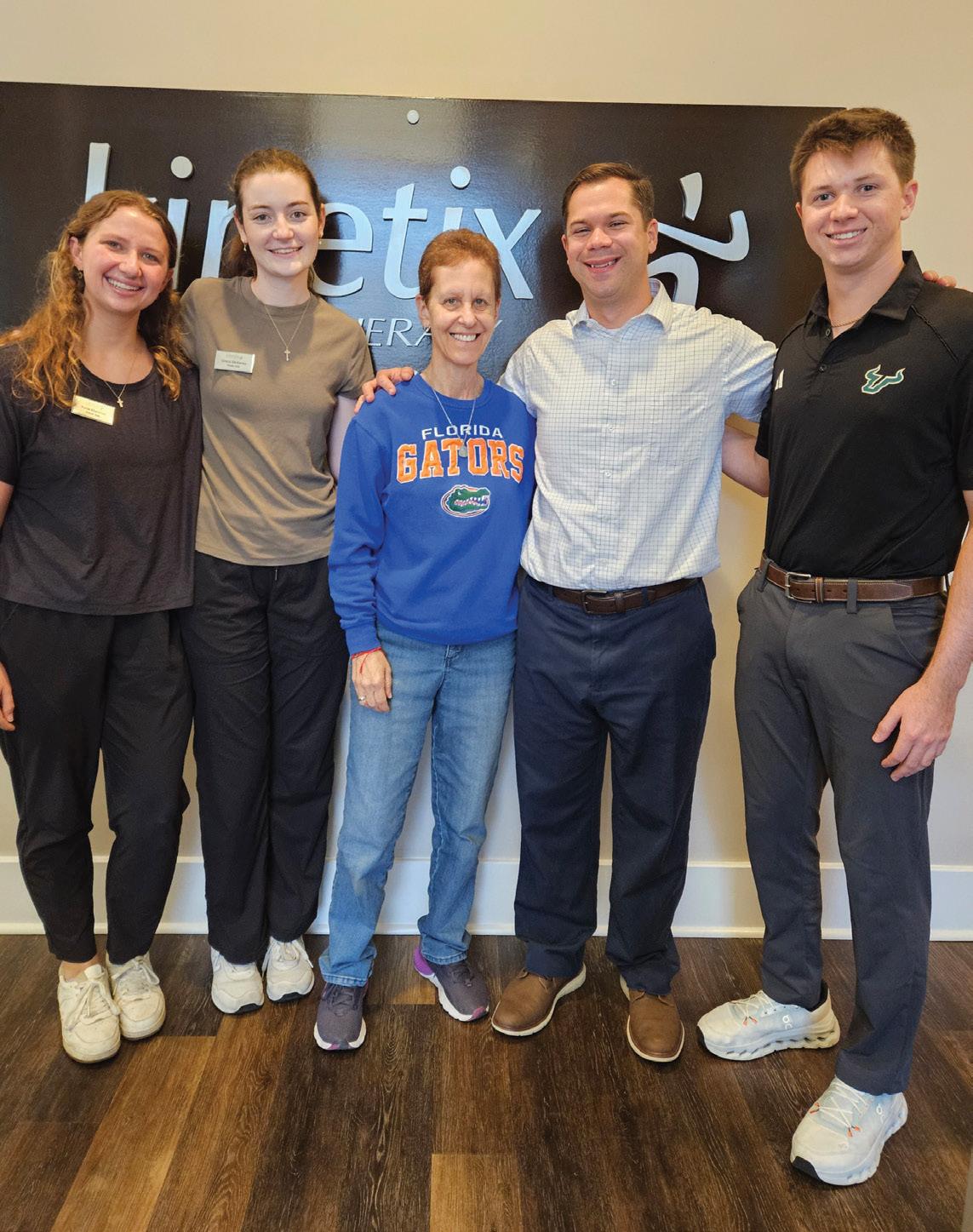
Start feeling better now. Transform your life with HRT today! Curative Medicine is an independent compounding pharmacy. We use our extensive knowledge to collaborate with patient’s providers in creating personalized prescriptions to fit each patient’s needs. Our focus is finding the best possible treatments to help patients in their journey to better health.

Follow us on
“Kinetix is by far the best place I’ve ever been to for physical therapy. I was treated for pain and tightness in my jaw, neck, shoulder and back. Dr. Scott Eddins has an incredible understanding of the body, the patience of a saint, compassionate and helpful. My pain has been reduced by about 90% with PT and Manual Therapy. I have been able to avoid surgery, and my quality of life has greatly improved.”
-Robin
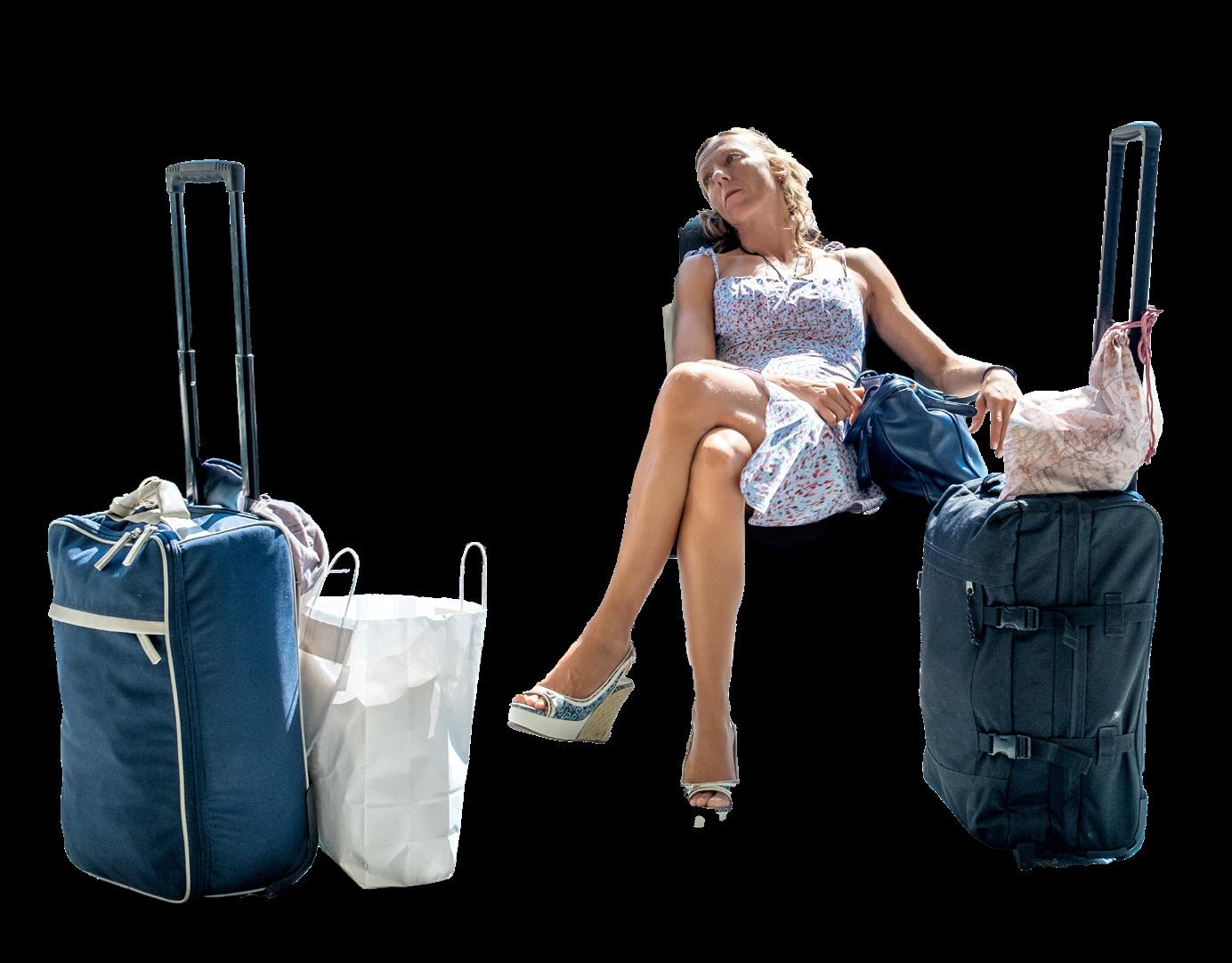
BY TRACY WRIGHT
Whenever we travel far distances and across time zones, we are susceptible to suffering from jet lag. It can affect people in very different ways, but there are ways to combat it and lessen its impact when you are traveling.
Jet lag “is a disruption of the body’s circadian rhythm that occurs most commonly with plane travel across three or more time zones,” said the Sleep Foundation. It’s important to note that people can also experience jet lag from simply traveling even fewer time zones.
Circadian rhythm is our body’s internal clock that tells us when to be awake and when to fall asleep, according to the Mayo Clinic. Jet lag happens “because your body's internal clock is synced to your original time zone. It hasn't changed to the time zone of where you've traveled.”
SYMPTOMS OF JET LAG CAN VARY. ACCORDING TO THE MAYO CLINIC, THEY CAN INCLUDE:
• Sleep problems such as not being able to fall asleep or waking up early
• Daytime fatigue
• Not being able to focus or function at your usual level
• Stomach problems such as constipation or diarrhea
• A general feeling of not being well
• Mood changes
According to the Sleep Foundation, eastward travel is harder on people than westward travel, and the more time zones crossed has more effects on the person.
There are several things that a traveler can do to lessen the effects of jet lag — before, during and after travel. The Centers for Disease Control and Prevention (CDC) recommends adjusting your sleep depending on where you are going.
“If traveling west, go to bed an hour or two later than usual; if traveling east, go to bed an hour or two earlier than usual,” the CDC recommends. “If you are traveling to a time zone that is more than three hours different than your normal time zone you should follow the sleep and waking routines of your destination when you arrive.”
The CDC also suggests eating smaller meals to prevent stomach disruption, avoiding alcohol and using caffeine sparingly, drinking plenty of water to beat dehydration, and taking small naps but keeping a regular sleep schedule.
According to the Mayo Clinic, “a key influence on circadian rhythms is sunlight. Light affects the regulation of melatonin, a hormone that helps cells throughout the body work together. Because light is so crucial to your internal clock, you may be able to ease your adjustment to a new time zone by exposing yourself to daylight.
After traveling west, expose yourself to light in the evening to help you adjust to a later than usual time zone. After traveling east, expose yourself to morning light to adapt to an earlier time zone.”
Medicine or sleep aids may assist you especially if your sleep patterns are off because of jet lag. Always consult with your health care provider before taking a sleep aid, especially because of travel. Share your itinerary with your provider, who may be able to recommend the correct method and can advise you on when and how to take any sleep aids.


The most important thing to remember is that everyone is different and experiences jet lag in varying degrees. “Every individual adjusts differently to a rapid time zone change, but working to reorient your circadian rhythm can reduce the chances that jet lag will negatively impact your trip,” said the Sleep Foundation..
THE MAYO CLINIC RECOMMENDS THESE STEPS TO HELP PREVENT OR LESSEN THE
Arrive early. If you have an important meeting or other event that requires you to be in top form, try to arrive a few days early to give your body a chance to adjust.
Get plenty of rest before your trip. Starting out sleep deprived makes jet lag worse.
Gradually adjust your schedule before you leave.
Properly time bright light exposure.
Stay on your new schedule. Once you reach your destination, try not to sleep until the local nighttime, no matter how tired you are. Try to time your meals with local meal times too.
Stay hydrated. Drink plenty of water before, during and after your flight to counteract the effects of dry cabin air. Dehydration can make jet lag symptoms worse.
Try to sleep on the plane if it's nighttime at your destination. Earplugs, headphones and eye masks can help block noise and light. If it's daytime where you're going, resist the urge to sleep.

SCAN TO SCHEDULE:

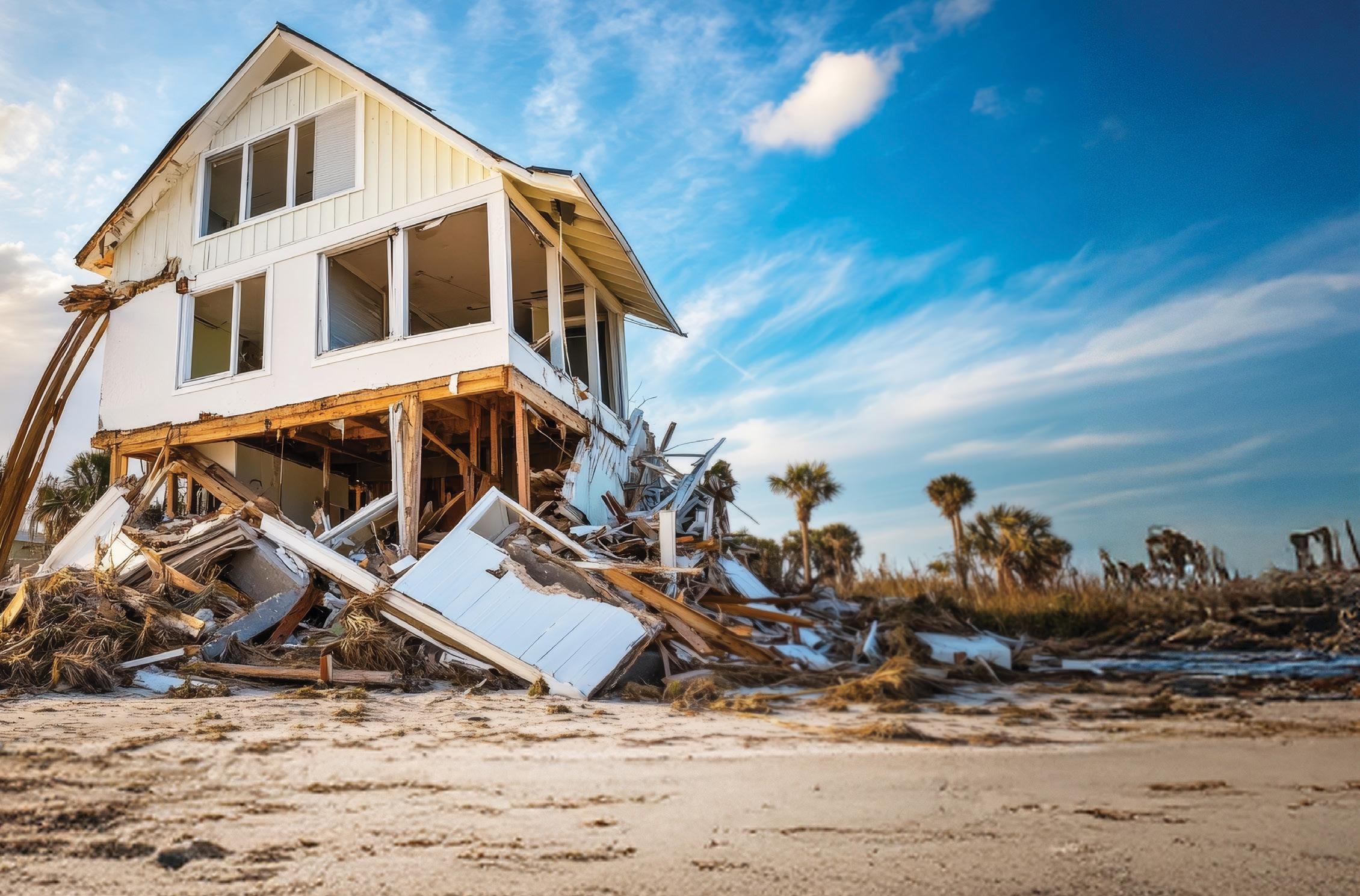

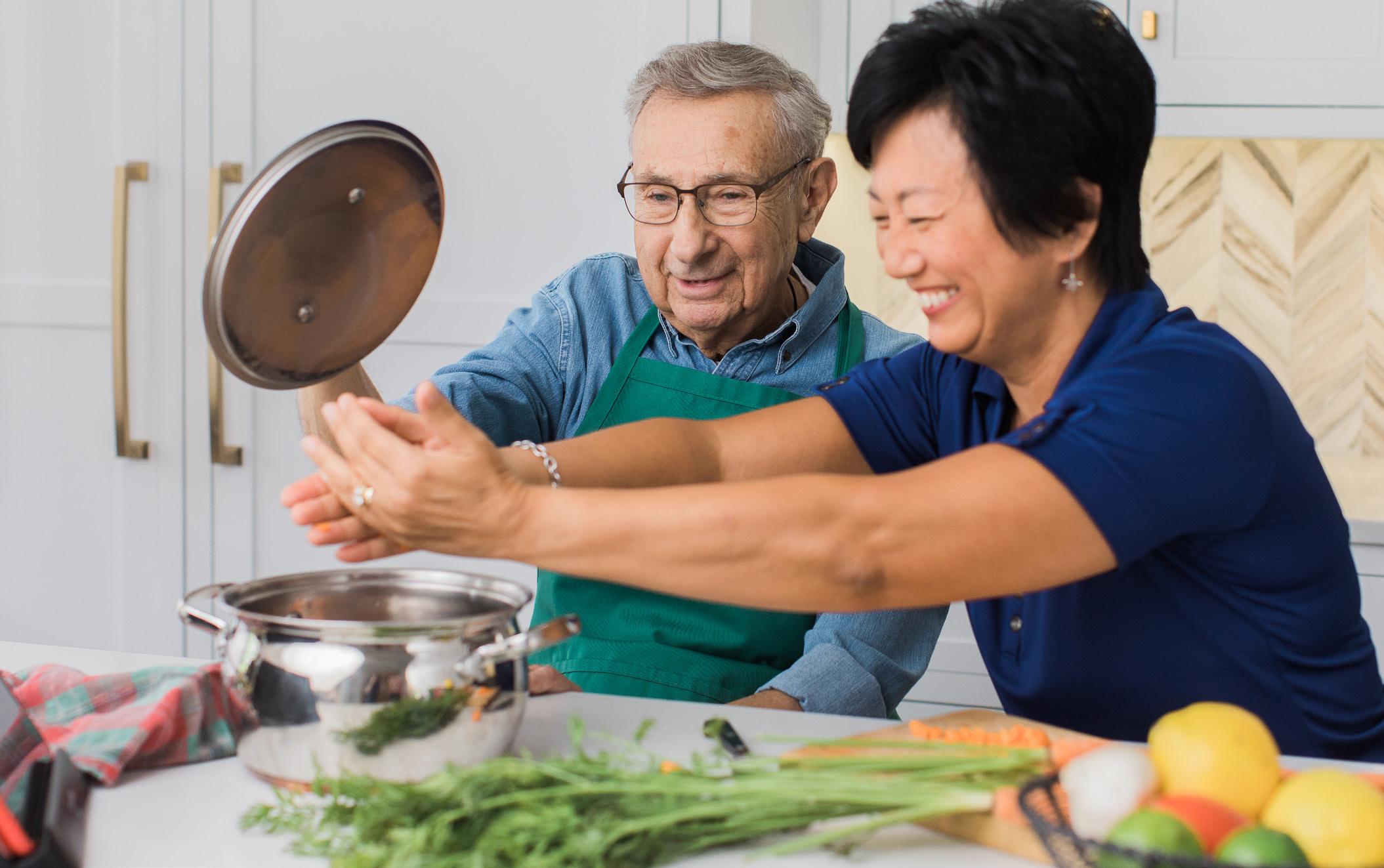

Continued on next page.

BY NICOLE IRVING


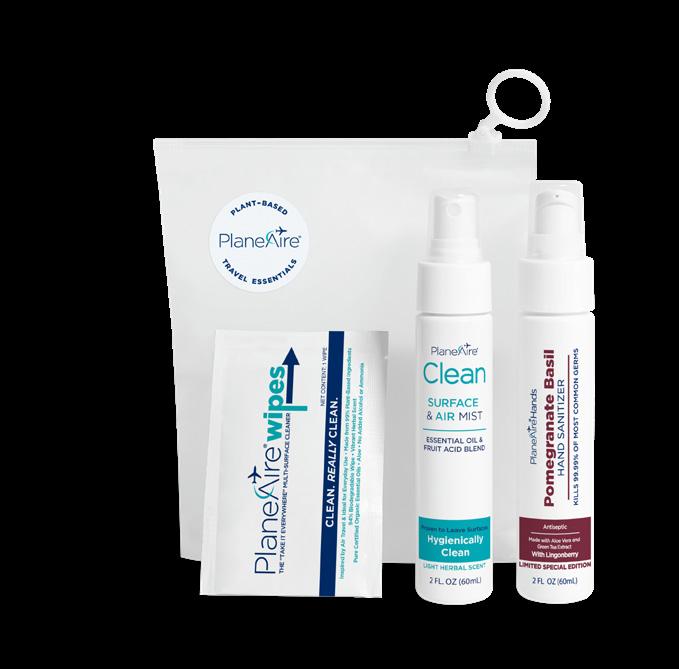
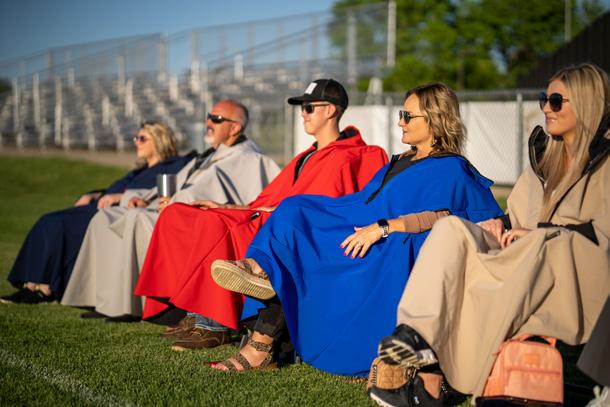

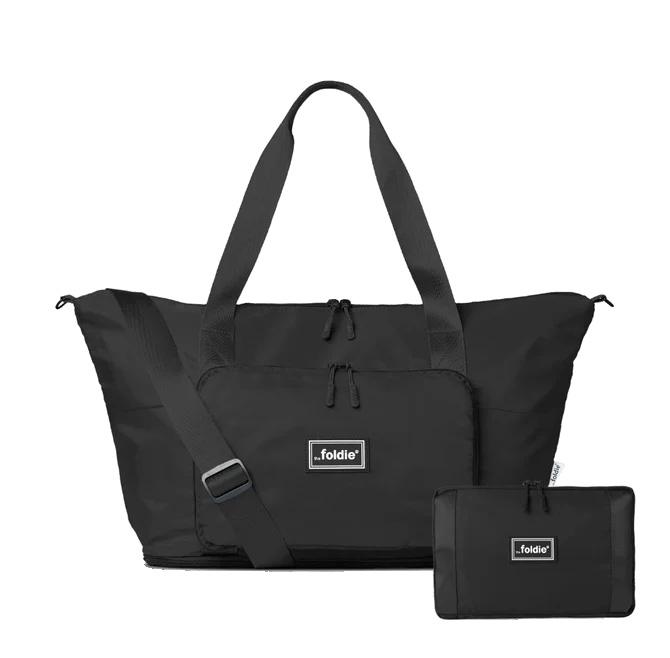



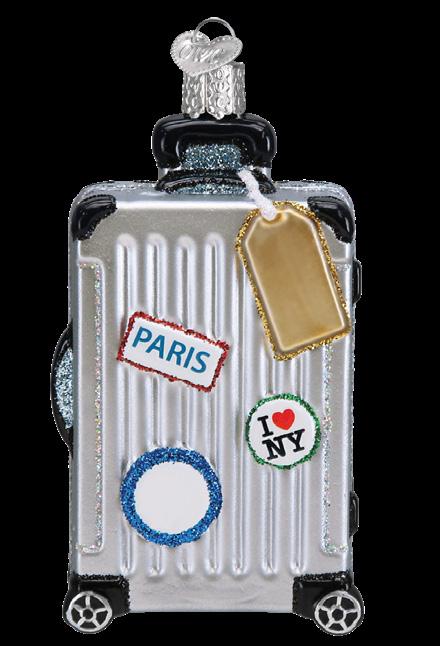
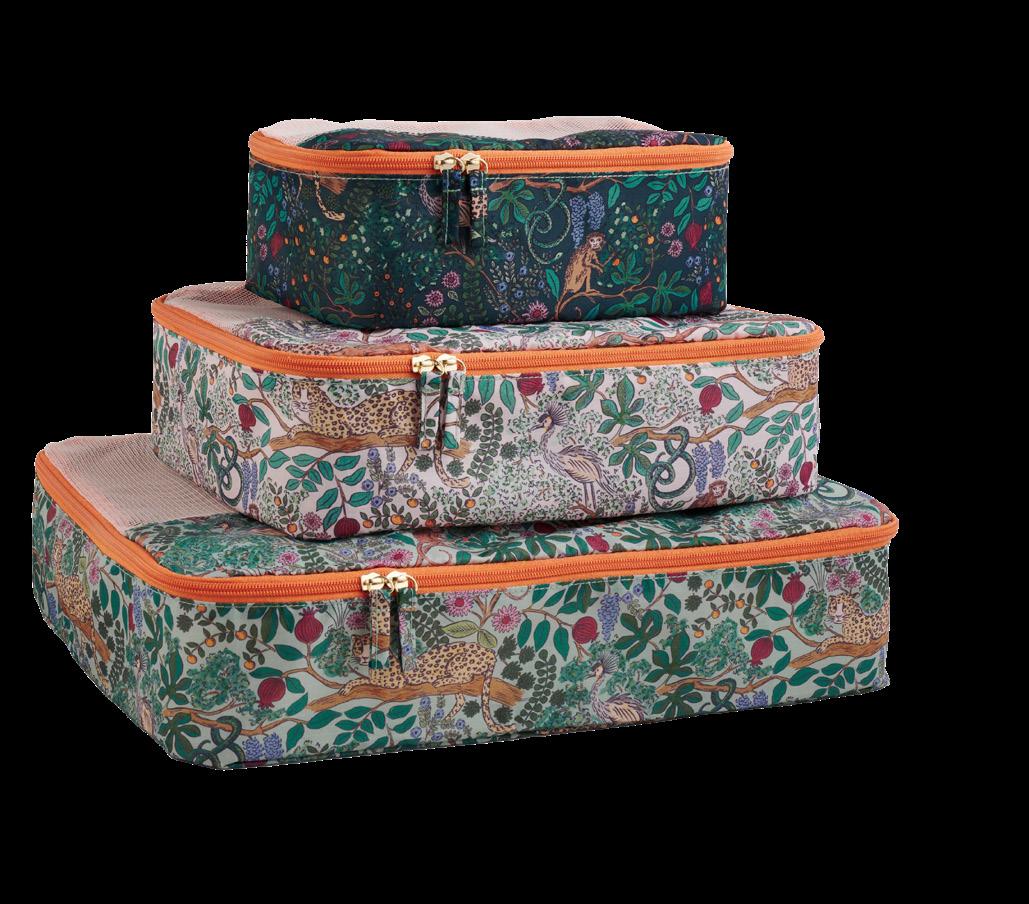

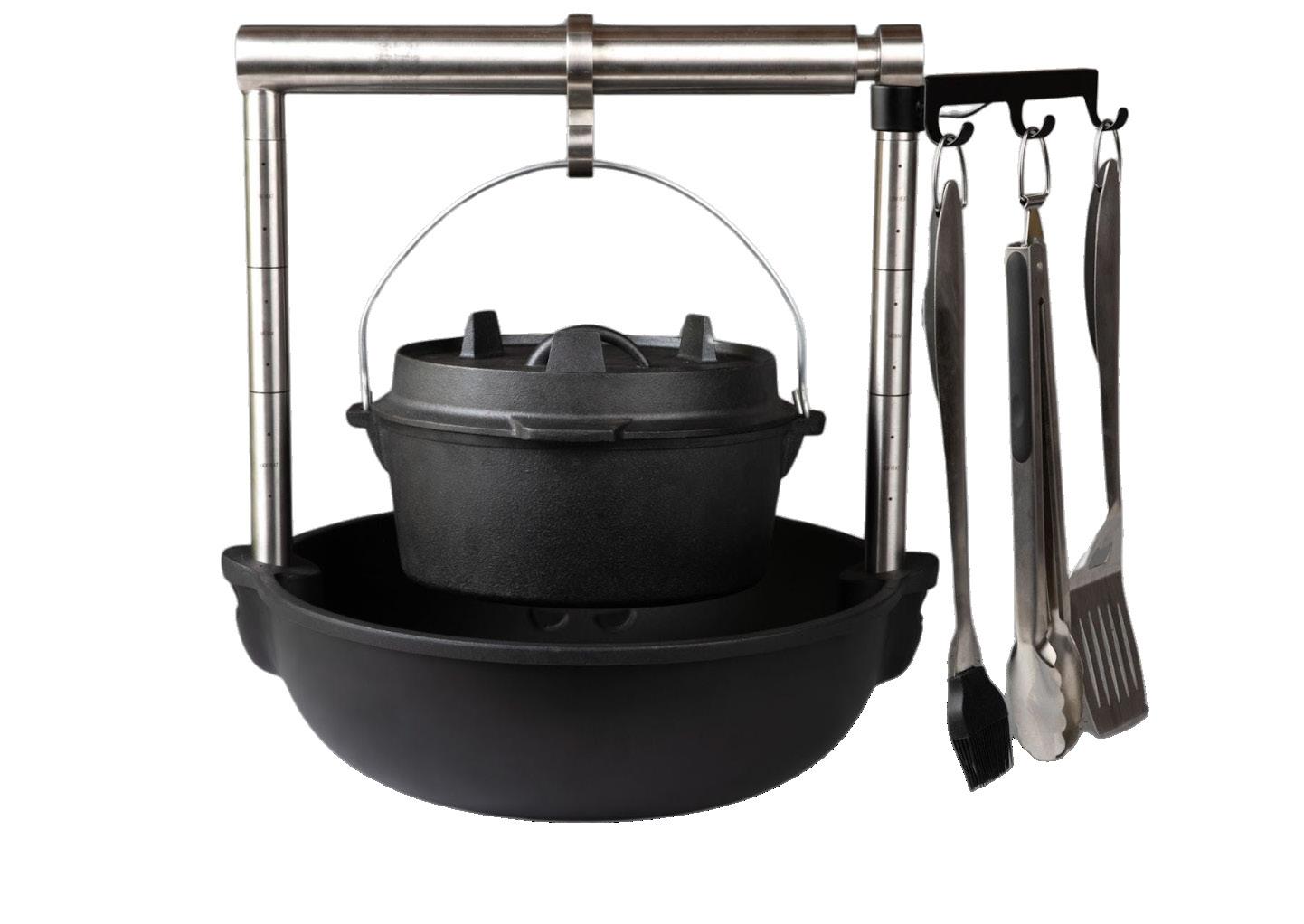
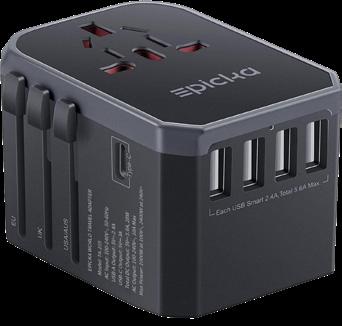
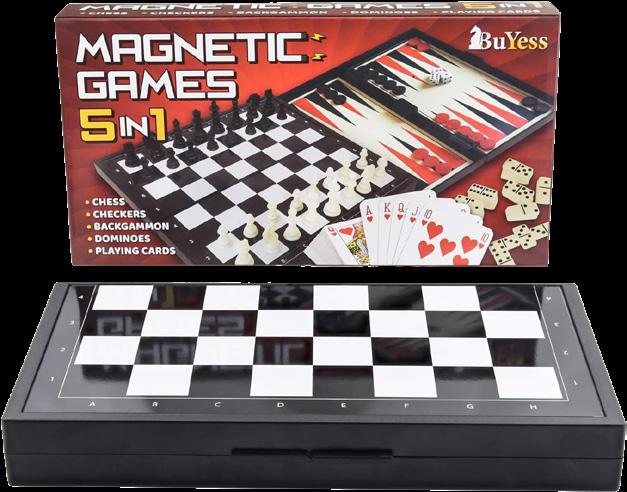


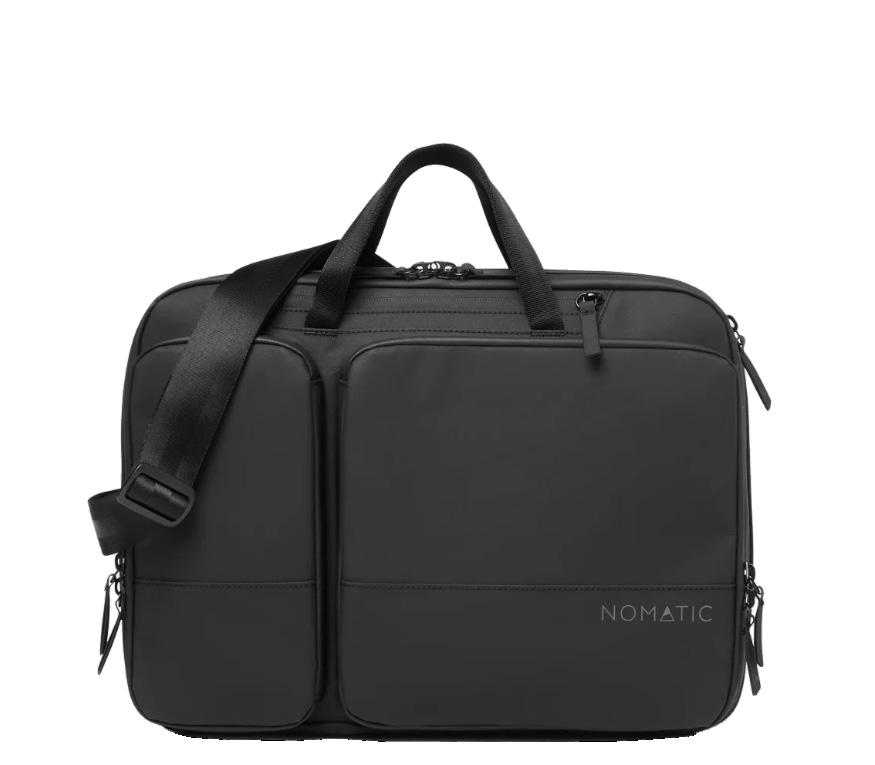











BY LINDSEY JOHNSON, MS, MCHES, CF-L2
Wellness practices have gained traction in the U.S. in recent years but many Americans view wellness rituals as “woo woo” and a little too unusual to try. In other parts of the world, wellness practices and rituals are ingrained in the fabric of life and are as mainstream as soda and french fries are here. Ready to expand your wellness routine? A glance around the globe can open our eyes to new practices.
Medical News Today defines biohacking as “a do-it-yourself (DIY) form of personal improvement in which people attempt to change aspects of their biology to improve their health, performance, or well-being.” While Americans use many techniques to achieve this objective, they also often rely heavily on technology to help them track any and every biometric data point available.
Nordic countries utilize natural biohacking techniques through a minimalist, natureintegrated approach to optimizing health, performance and longevity. They integrate this practice without reliance on tech gadgets or heavy supplementation. It's deeply rooted in ancestral living and the natural environment, and it reflects a mindset of resilience, balance and seasonal adaptation rather than quantifying data.

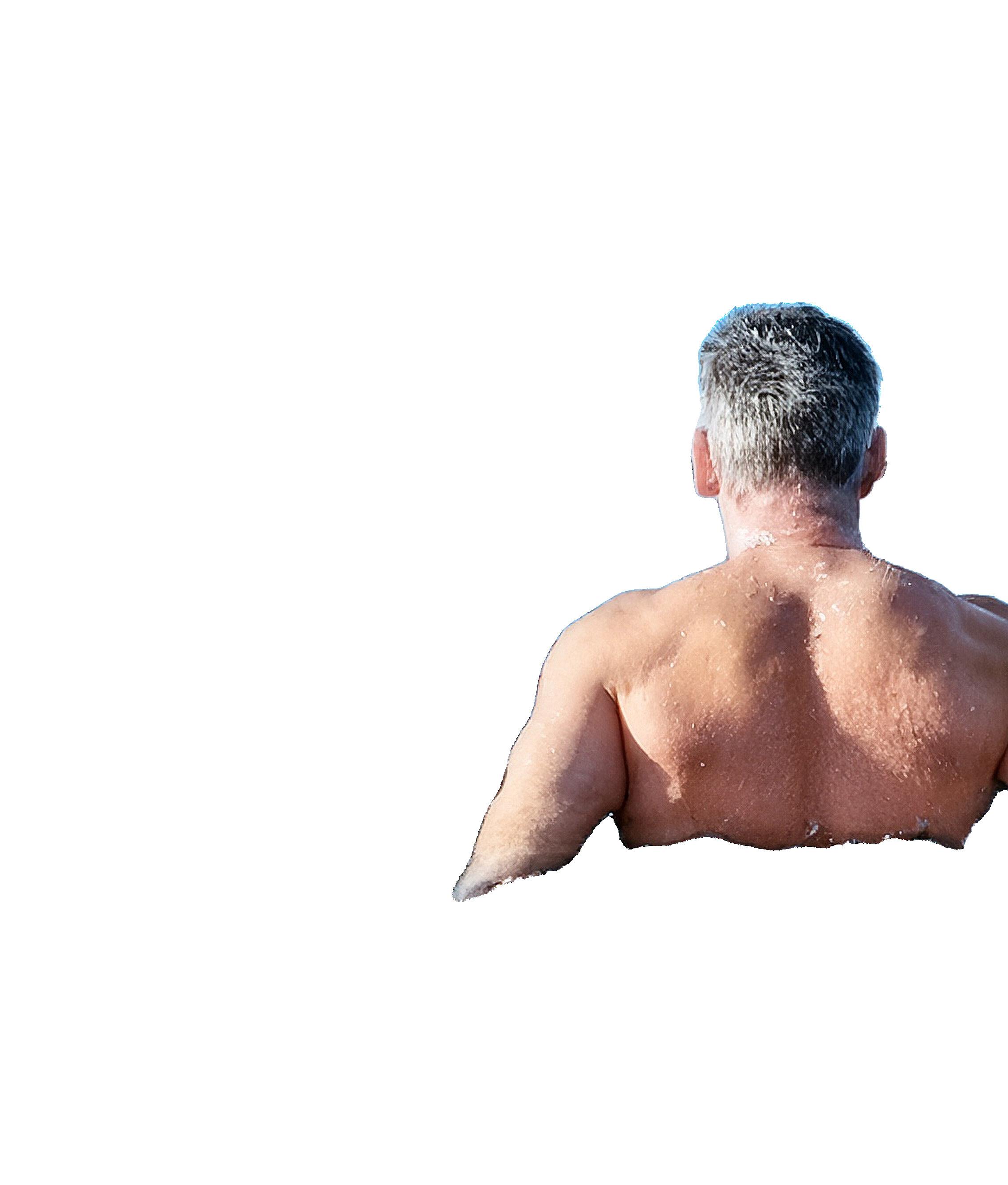


Natural biohacking practiced in Nordic countries includes:
Focus on Circadian Rhythms and Seasonal Changes
• Winter is a time of slowing down and introspection with earlier bedtimes while Summer is a period of increased activity.
Cold and Heat Exposure
• Cold plunging year round, barefoot walking in snow and outdoor winter exercise in minimal clothing are all common.
• Heat exposure (often done in combination with cold exposure) is performed routinely with frequent sauna sessions (often three to seven times per week).

Seasonal and Ancestral Nutrition
• Consuming nutrient-rich foods with seasonal ingredients, as well as avoiding ultra processed foods keeps nutrition in check.
• Many people include fasting and intermittent eating, following the seasonal patterns of longer fasts in the winter.
• Incorporating fermented fish (like surströmming) and fermented dairy (filmjölk, skyr) are part of the routine diet.
Minimizing Technology
• It is uncommon to use wearables or tracking technology to monitor health.
• Many people take technology-free weekend retreats.
Outdoor Activity
• “Friluftsliv” (Norwegian for “open-air living”) is a cultural value - spending time outdoors is seen as essential, not optional.
• Functional movement such as hiking, swimming, chopping wood and barefoot training are an important part of the lifestyle.
Kneipp Therapy is a practice common in Germany, Austria and Switzerland that is best known for its hydrotherapy but in fact, includes several of the same tenets of natural biohacking:
Hydrotherapy
• The cornerstone of Kneipp Therapy is using alternating cold and hot water sources on the arms or feet (or sometimes the whole body) to boost circulation, improve the immune response, reduce inflammation
and regulate the nervous system. Many public parks have water sources available for this therapy.
Nature
• Gentle, enjoyable exercise (versus intense workouts) including walking barefoot in nature, particularly among textured natural surfaces such as stones, bark or wet grass. Many public places include Kneipp walking trails.

• Sebastian Kneipp (creator of Kneipp Therapy) advocated for daily walks regardless of weather, an early cold exposure philosophy.
Seasonal Plant-Based Nutrition and Herbal Medicines
• Inclusion of seasonal foods (primarily plant-based and not processed) as well as using plants and herbal medicines as remedies.
Urban wild - isn’t that a contradiction? In some European countries, swimming in an urban yet wild environment is a popular wellness trend, particularly among young professionals. Urban wild swimming means swimming in a natural body of water (lake, fjord, river, ocean inlet) within (or very close to) an urban area. This form of outdoor swimming is done year-round, regardless of weather, as a method of exercise and mindfulness.
European cities such as Berlin, Stockholm, Copenhagen and even London have embraced this concept and provided safe, clean natural outlets for their residents. In many places, the water is tested daily for swimmer safety. The city’s infrastructure supports this connection between residents and natural resources by ensuring safe water and access to nearby facilities.

Besides improved circulation, immune function and metabolic health, this practice also helps reduce anxiety and depression, boost resilience and increase mindfulness. Because it’s completed year-round, often cutting holes in the ice in order to swim, it’s often followed by a visit to the sauna for recovery.

BY LINDSEY JOHNSON, MS, MCHES, CF-L2
Grounding, also sometimes known as earthing, is a wellness practice that involves direct physical contact with the Earth’s surface or elements. While this may sound like a trendy health habit, emerging scientific research suggests that grounding may offer measurable health benefits.
Earthing varies slightly from grounding in that it refers to making physical contact with the Earth’s surface whereas grounding may also include tools designed to elicit the same response. At its core, grounding is based on the idea that the Earth’s surface carries a negative electric charge, and contact with it allows the body to absorb electrons. These electrons are believed to have antioxidant effects, helping to neutralize free radicals and reduce inflammation in the body.
Psychologist Susan Albers, PsyD from the Cleveland Clinic explains that proponents of earthing believe that our extensive shoe use is negatively impacting our health. “They point out that we've just recently started wearing shoes with rubber soles, which don’t conduct electricity,” she continues. “So, part of the argument is that we've removed that contact from the Earth, which is making us unwell.”
According to a review published in the Journal of Environmental and Public Health, grounding has been associated with a range of potential benefits, including improved sleep, reduced pain, decreased stress and enhanced immune function (Chevalier et al., 2012). One study cited in the review showed that grounding during sleep normalized cortisol levels and improved sleep patterns in participants with chronic stress. Another small study published in The Journal of Alternative and Complementary Medicine found that grounding reduced blood viscosity, a risk factor for cardiovascular disease (Sinatra et al., 2013). A 2015 study by Oschman et al. shows that grounding has a positive effect on inflammation in the body - both chronic inflammation as well as more acute wound healing.
Local physical therapist Paul Timler, PT, MTC of FORGE Performance Physical Therapy promotes grounding with his clients as a way to help reduce inflammation, rehab injuries and restore balance. "As performance-based PTs, we're always looking for simple ways to support your nervous system, improve tissue recovery and build resilience. Grounding checks a lot of boxes:
• It promotes parasympathetic activity (rest and digest mode), helping counteract the chronic stress state many of us live in.
• It encourages sensory awareness and balance.
• It’s an invitation to move and connect with your environment — which can boost mood and even reduce pain perception."
Timler cites the benefits found in scientific studies that show that “contact with the Earth may neutralize free radicals, calming systemic inflammation — a common root of pain and chronic conditions. Some evidence shows faster muscle recovery and reduced DOMS (delayed onset muscle soreness) in athletes who use grounding techniques post-training.”
First and foremost, get outside! Walk around barefoot on textured natural surfaces - grass, sand, soil, pebbles. Dig in the dirt without gloves - in your garden, building a sand castle at the beach, dig for treasure with your kids. Swim in a natural body of water such as a lake, river or ocean. Sit or lay directly on the ground outside and read a book, or sit in a chair and let your bare feet rest on the grass. It really is as simple as this! Start slow and work up to spending 20-30 minutes per day completing one of these activities.

If you want to get grounded inside, you can also try a grounding mat, which works by connecting your body to the Earth’s electrical energy. Grounding sheets are also available so you can be recharged in new ways while you’re sleeping. There are studies to suggest that grounding sheets are particularly helpful for those who suffer from insomnia or chronic stress.
Although scientists continue to study the effects of grounding and how it may benefit certain conditions, it is still considered a complementary practice and should not wholly replace medical intervention where appropriate. As research evolves on this practice, it’s still considered safe for most people to incorporate this into their wellness practices. The benefits of being outdoors have also been studied extensively so at the very least, you may experience an improved mood and less stress! Seek the advice of your provider if you have preexisting medical conditions. Those with diabetes or peripheral neuropathy should take extra precautions for foot safety if opting to go barefoot. Get out there and get grounded!











BY COLE PURVIS
Move over kale —there’s a new wave of green superfoods making a splash in kitchens across the nation.
Aquatic plants like seaweed, duckweed and algae are gaining popularity for their impressive nutrient profiles and sustainable cultivation. From kelp-based sauces to spirulina smoothies, these water-grown wonders are transforming the way we think about plant-based nutrition. Here's what you need to know to dive into this trend.
Aquatic plants aren’t just trendy — they can be genuine nutritional powerhouses.
Take seaweed, for example. This ocean vegetable is rich in iodine, which supports healthy thyroid function, and it
contains a mix of fiber, omega-3 fatty acids and antioxidants that may help protect heart health and improve digestion, according to research published by Nutrition Reviews. Certain types, like dulse or laver, are even good sources of plant-based protein, per a study in ScienceDaily.
Algae varieties like spirulina and chlorella take it up a notch. Both are dense with nutrients, packing in protein, B vitamins, iron and chlorophyll. According to the National Institutes of Health, chlorophyll can support detoxification and promote healthy immune function. Spirulina has even been studied for its potential anti-inflammatory and antioxidant effects.
Then there’s duckweed, particularly the Mankai strain, which stands out in the plant kingdom. It’s a complete protein, meaning it contains all nine essential amino acids — a rarity in plants. It's also a natural source of vitamin B12, iron, and polyphenols, which are beneficial plant compounds linked to reduced inflammation and improved metabolic health.
Beyond their impressive nutrient content, aquatic plants shine when it comes to sustainability. Seaweed farming requires no arable land, fertilizer or freshwater and actually absorbs carbon dioxide from the atmosphere, helping to combat climate change. Duckweed, often considered a backyard nuisance, is incredibly fast-growing and can be cultivated in shallow water with minimal resources, making it a promising food of the future.
● SEAWEED: Available in various forms like nori, wakame and kombu, seaweed is versatile in the kitchen. Nori sheets can be used for sushi rolls or roasted for a crispy snack. Wakame is commonly found in salads and soups, adding a subtle umami flavor. Kombu is often used to make broths, imparting a rich depth to dishes.
• DUCKWEED: While not as widely available, duckweed is gaining attention as a superfood. Its neutral taste makes it suitable for smoothies, soups and baked goods.
• ALGAE: Spirulina and chlorella are commonly sold in powder or tablet form. They can be added to smoothies, energy bars or taken as supplements. Sea moss, another type of algae, is often used to make gels that can be incorporated into various recipes.

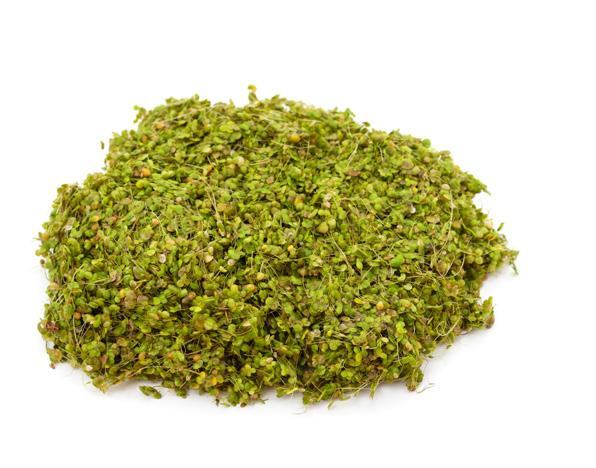

• QUALITY: Choose products from reputable brands that test for contaminants like heavy metals. Look for certifications indicating purity and safety.
• FORM: Decide whether you prefer dried, fresh or powdered forms based on your intended use. Dried seaweed is shelf-stable and convenient, while fresh varieties may offer different textures and flavors.
• STORAGE: Store dried seaweed in a cool, dry place. Once opened, keep it in an airtight container to maintain freshness. Powdered algae should also be stored away from moisture and heat.


• SEAWEED SALAD: Rehydrate dried wakame and toss it with sesame oil, rice vinegar and sesame seeds for a refreshing salad.
• BROTHS: Add kombu to boiling water to create a flavorful base for soups and stews.
• SMOOTHIES: Blend a teaspoon of spirulina or chlorella powder into your morning smoothie for a nutrient boost.
• BAKING: Incorporate duckweed powder into bread or muffin recipes to enhance their protein content.

Aquatic plants like seaweed, duckweed and algae offer a combination of nutritional benefits and environmental sustainability. Incorporating them into your diet can be as simple as adding a sprinkle of seaweed to your salad or blending algae powder into your smoothie. As these ingredients become more accessible, they provide an opportunity to explore new flavors while supporting a more sustainable — and health conscious — food system.


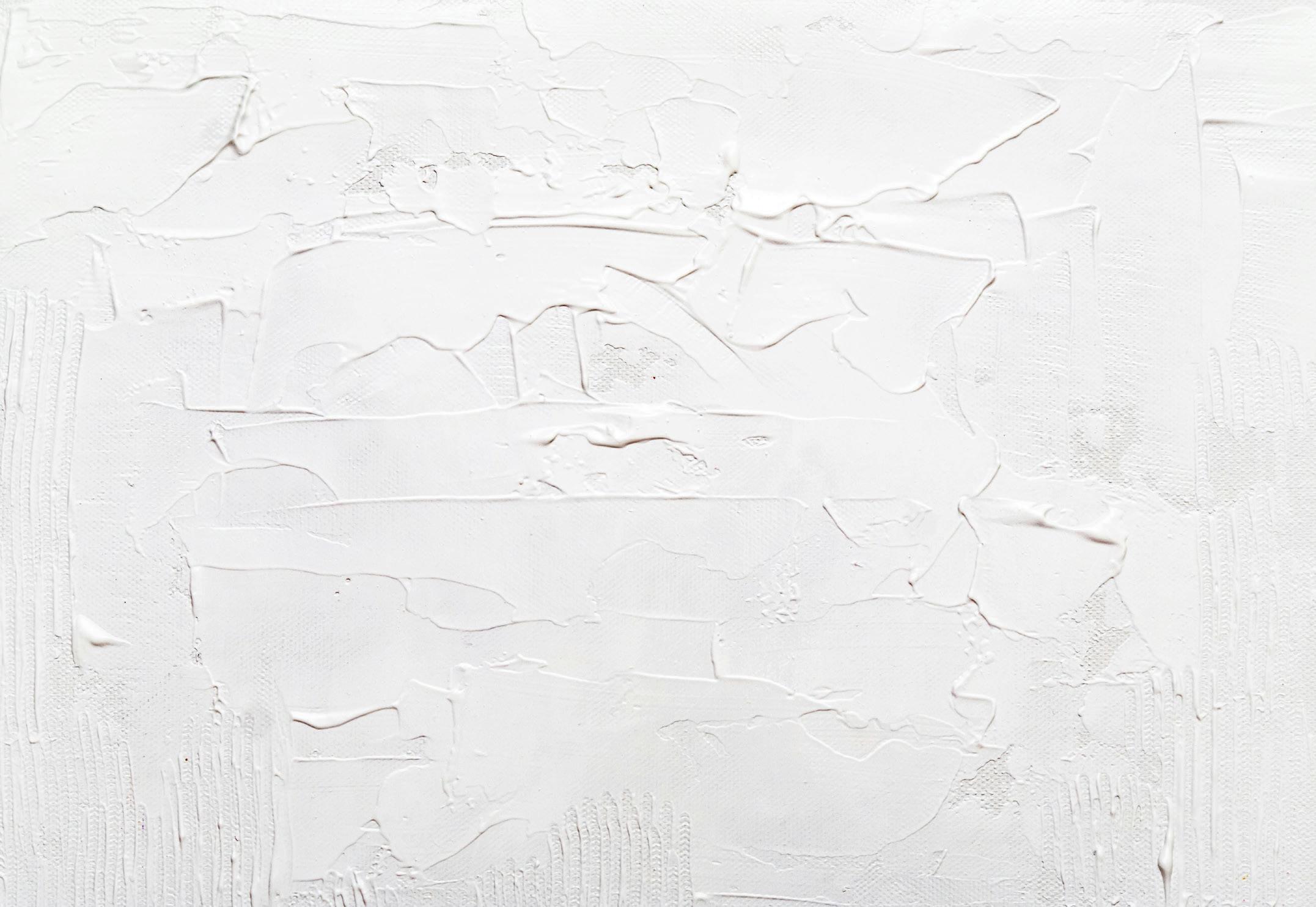
LyriCo Conservatory is reimagining excellence in arts education for students of all ages, from youth to adults. Our talented teachers offer both group and private lessons for beginners and professionals alike. Join our vibrant community of musicians who value their connection to the arts and own the stage with confidence.
Group and Private Lessons
Pursue your passion today!
Let us help you take your talent to new heights!
BY COLE PURVIS
If you've ever traveled abroad and noticed your favorite American snacks missing from store shelves, it's not just a matter of taste — it's often about safety. Many ingredients commonly found in U.S. foods are banned or heavily restricted in other countries due to health concerns. Yet, in the U.S., these additives remain prevalent, raising questions about food safety standards.


In October 2023, California took a significant step by enacting the California Food Safety Act, becoming the first U.S. state to ban the manufacture, sale and distribution of foods containing four specific additives:
RED DYE NO. 3: Linked to cancer in animal studies.
BROMINATED VEGETABLE OIL (BVO): Associated with neurological issues and banned in the European Union (EU).
POTASSIUM BROMATE: Classified as a possible human carcinogen.
PROPYLPARABEN: Connected to endocrine disruption and reproductive toxicity.
This law, set to take effect on January 1, 2027, aims to align California's food safety standards more closely with those of the EU, where these substances are already prohibited.
Building on this momentum, California extended its efforts in September 2024 as part of the California School Food Safety Act by banning six synthetic food dyes: Blue 1, Blue 2, Green 3, Red 40, Yellow 5 and Yellow 6. from foods served in public schools, effective in 2028. These dyes have been linked to behavioral issues in children and other health concerns.
Here are several popular American food products that contain ingredients banned or restricted in other countries — a small sample of a great disparity between our food safety regulations against other countries:






FROOT LOOPS AND SKITTLES:
These child favorites contain artificial dyes like Red 40 and Yellow 5, which are banned in various countries, including France, Norway and Austria due to potential health risks.
Historically contained brominated vegetable oil (BVO), a food additive that was used to stabilize flavor oils in beverages, which is banned in the EU and Japan. It wasn’t until 2024 that the U.S. Food and Drug Administration (FDA) finally moved to ban BVO nationwide as well.
Includes BHA (butylated hydroxyanisole) and BHT (butylated hydroxytoluene), synthetic chemicals used as food preservatives banned in both the UK and Japan for potential carcinogenicity.
COFFEE-MATE
Historically, Coffee-Mate and similar non-dairy creamers have contained partially hydrogenated oils, a major source of trans fats. Canada banned partially hydrogenated oils — including trans fats — effective September 15, 2018, and the EU and parts of Europe have stricter limits. The U.S. has since followed with a federal ban, but older products and imported versions may still contain trace amounts.
BREAD): Many commercial white breads in the U.S. still include potassium bromate, a dough conditioner classified as a potential human carcinogen and banned in the EU, UK and Canada, according to an article published by Environmental Working Group.
PROCESSED MEATS: Certain highly processed foods, including hot dogs, deli meats, beef jerky, meat sticks, etc., are commonly made with potentially harmful preservatives, such as BHT, BHA or sodium nitrate. Many of these ingredients or limited or outright banned in many countries, including the EU.
The FDA often relies on the "Generally Recognized as Safe" (GRAS) designation for food additives. This means that substances can be approved for use based on historical consumption or industry-conducted studies, without rigorous independent testing. In contrast, the European Union employs the precautionary principle, erring on the side of caution by banning substances until they are proven safe.
This fundamental difference in regulatory philosophy explains why certain additives remain in U.S. foods despite being banned elsewhere.
California's legislative actions have spurred discussions in other states, with lawmakers in New York, Illinois and Washington considering similar bans. These state-level initiatives are prompting food manufacturers to reconsider their formulations, potentially leading to nationwide changes.
Moreover, consumer advocacy groups are increasingly vocal about the need for stricter food safety regulations, emphasizing the importance of aligning U.S. standards with international best practices.
While regulatory changes are underway, consumers can take proactive steps to make informed food choices:
• READ LABELS: Familiarize yourself with common additives and their potential health effects.
• CHOOSE WHOLE FOODS:

Opt for minimally processed foods without artificial additives.
• SUPPORT TRANSPARENCY: Advocate for clearer labeling and stricter safety assessments of food additives.
By staying informed and making conscious choices, consumers can influence the market and encourage the adoption of safer food practices.
The contrast between U.S. and international food safety standards underscores the need for ongoing evaluation and reform. As awareness grows and legislative efforts gain momentum, there is hope for a future where food safety is prioritized, and harmful additives are eliminated from our diets.
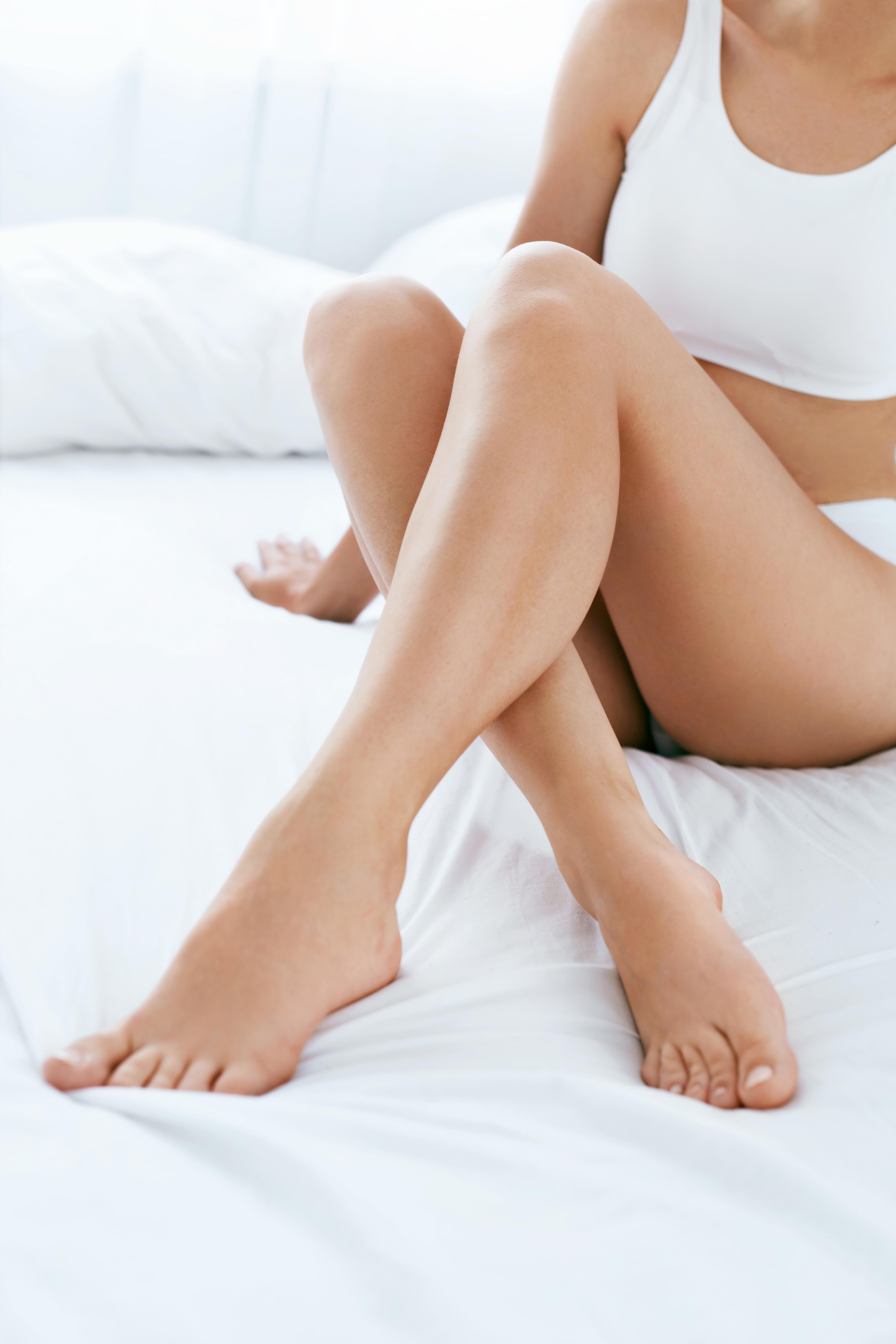

Are you tired of shaving, waxing, and tweezing body hair? Ban your unwanted hair permanently with Laser Hair Removal at Gainesville Dermatology Aesthetic Center. Trust your skin to the only dermatologist supervised aesthetic center in our area.
BY AMELIA BOWLES
You’re not alone if you thought broccoli rabe was closely related to broccoli, according to the University of Illinois, it’s actually more closely related the mustard plant. Its greens have a similar resemblance and taste to mustard or turnip greens with buds that look a bit like broccoli, hence the name. But broccoli rabe is more than just a slightly confusing time at the grocery store. It has great health benefits!
One cup of broccoli rabe, cooked, contains 7 grams of protein, 5 grams of fiber and high amounts of vitamin A (43% of the daily value), vitamin C (70% of the daily value) and folate (30% of the daily value). It also contains moderate amounts of calcium, iron and zinc, according to WebMD. The Lexington Medical Center notes that broccoli rabe can help to strengthen bones due to the levels of iron and zinc. It may also help lower blood sugar and prevent diabetes, decrease risk of heart problems, lower the risk of cancer and help eyes stay healthy.
When cooking, the University of Illinois suggests first blanching the broccoli rabe so that some of the bitterness is taken away and the stalks become softer for easier cooking. Then, the broccoli rabe can be grilled, sauteed or baked. Consider adding other ingredients such as caramelized onions, lemon, parmesan, garlic or sliced almonds to take this side dish to the next level. When purchasing, find firm stalks with a dark green color. The florets should also be closed and be the same dark green color. They will last three to five days in the fridge.


One cup of cooked BROCCOLI RABE contains 7 grams of protein, 5 grams of fiber and high amounts of vitamin A), vitamin C and folate.

For many of us, food is one of our largest monthly expenses. Whether it is grocery shopping, a quick stop at the drive thru, or a nice evening out, these transactions can really add up! This is also one area where we can have a BIG impact on our budget by making small changes each day.
Check out prices at different stores.
Consider a Sam’s Club type membership for bulk shopping.
Freeze appropriate leftovers.
Buy store brand instead of name brand.
Thumb (or click) through this week’s newspaper adds for BOGO meat.
BY SELENA GARRISON

Bring your lunch to work instead of buying.
Clip coupons for things you already use.

Order water when you go out to eat.
Split a meal with your date at a restaurant.
Cut out one restaurant meal per week.
Plan a weekly menu around sale items.
Eat out on “kids eat free” nights.
Cut your portion sizes.
Have a pantry/ fridge cleanout period — only eat what you have.
Use a list when shopping.
Buy produce in season.
Check the price per unit, not the price per item.

Grow your own fruits, veggies and herbs.
Buy dry beans instead of canned ones.

Don’t shop hungry.
Have a meatfree dinner.

Use leftovers to create a new meal.
Save half your restaurant dinner for lunch the next day.
Don’t buy more fresh produce than you will eat before it goes bad.
Buy chicken thighs instead of breasts.
Do your shopping without the kids when possible.
Plan ahead and skip the drivethru.
Keep track of everything you spend, and re-evaluate the budget!

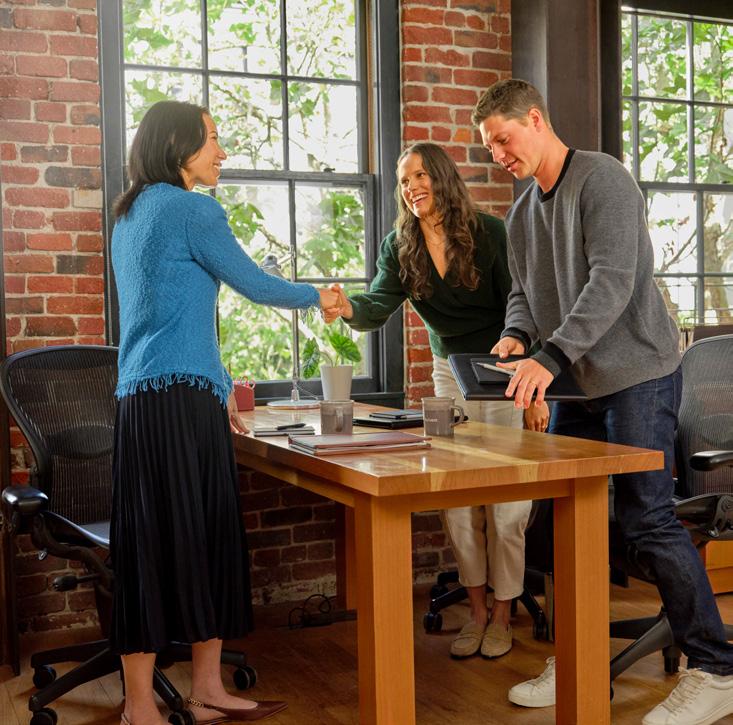
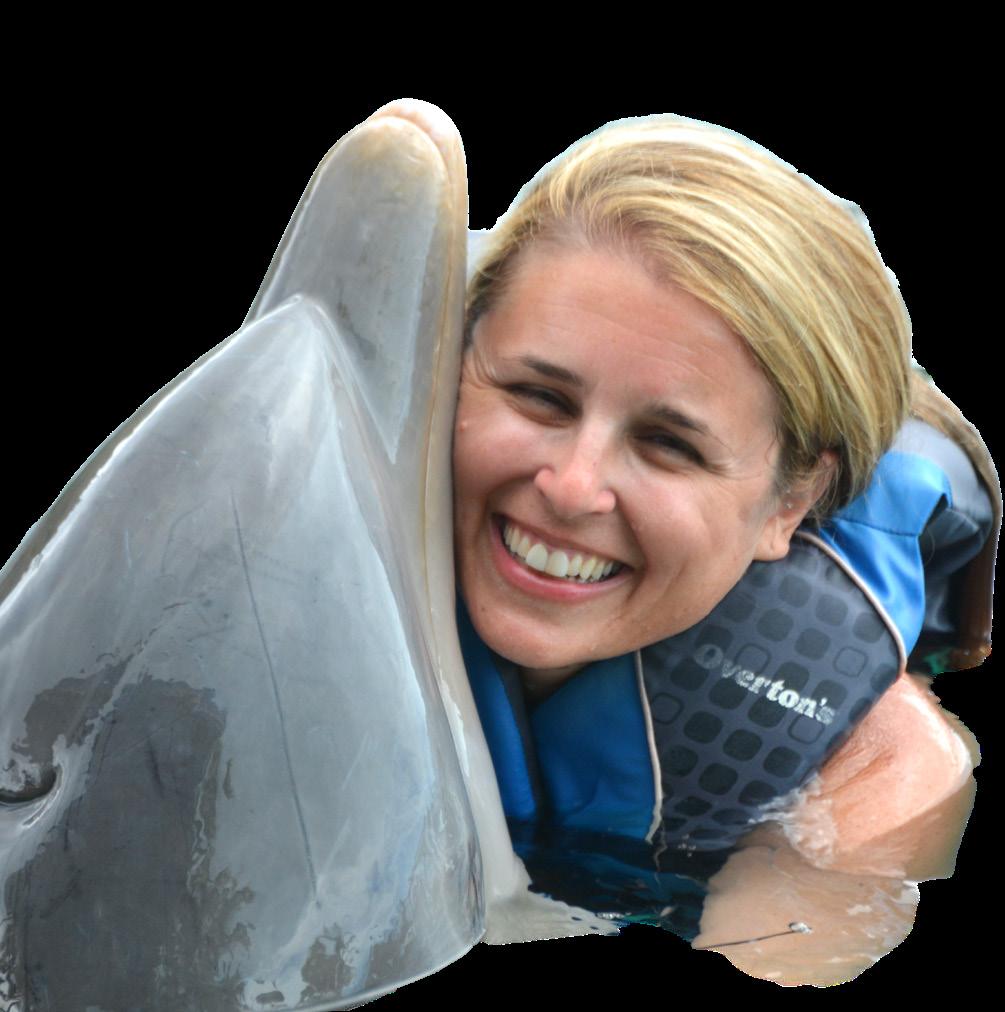
How important is it to invest in travel insurance?
Travel insurance can be a trip-saver, especially if your plans involve non-refundable deposits or international travel. It helps cover unexpected events like medical emergencies, trip delays or cancellations due to weather or illness.
I’ve seen firsthand how important it can be. One traveler fell in his cabin while in the Bahamas. He laid there calling for help, and when someone finally heard him, he had to be airlifted back to Florida. Without insurance, that would have been a crushing expense. Another traveler had her baggage go missing during a multi-leg trip to Europe. Thanks to her coverage, she was reimbursed for essential clothing and supplies until her luggage caught up.
Think of insurance as a safety net. You hope you won’t need it, but if you do, it can make all the difference.
I'm on a limited budget but want a fabulous vacation, where will my investment go the furthest?
Planning a great vacation on a limited budget is absolutely doable with the right approach. The goal is to find destinations and experiences that offer the most value without feeling like you're missing out.
Working with a reputable travel advisor can be a helpful first step. They have the tools, supplier connections and time to track price drops and uncover deals that might otherwise be missed.
BY STACY SHINE
Stacy Shine is the co-owner of Little Red Thread Travel, Dream Vacations. Raised in Miami, she was fortunate to grow up with travel as a meaningful part of her life. Cruising and visiting many of the Caribbean islands helped shape her love for adventure and exploration. As her own large family grew, she knew she wanted to share those same enriching experiences with them and with others. Today, she and her husband Steve work together to create memorable and meaningful travel experiences for families, couples and groups of all kinds.
Destinations like Mexico and the Dominican Republic are known for excellent all-inclusive options, where lodging, meals, drinks and entertainment are bundled into one price. That simplicity makes it easier to manage your budget while still enjoying a full experience.
Cruises can also be surprisingly cost-effective. For travelers who have previously booked everything à la carte, such as hotels, meals, excursions, flights and ground transportation, it's easy to see how fast costs can add up, especially for families. A cruise wraps many of those elements into one upfront price. If you're near a port and open to an interior cabin, the savings can be significant.
Being flexible with dates, destinations or accommodations can open the door to even more value. With a bit of smart planning, even a modest budget can take you somewhere unforgettable.
If I am traveling within the U.S., should I still carry my passport with me?
A passport isn’t required for domestic travel, but it can be a useful backup form of identification. The main thing to doublecheck is whether your driver’s license or state ID is REAL IDcompliant. Starting May 2025, you’ll need a REAL ID to board domestic flights. To verify, look for a star in the upper righthand corner of your ID. If you see one, you're all set.
While a passport isn’t necessary for U.S. travel, having one with you can offer flexibility, especially if you're near a border or decide to add a quick international leg to your trip (like a cruise to the Caribbean or a visit to Canada or Mexico).
What places should I avoid in the summer because it's too crowded? Where is better to go?
Summer is peak season for many iconic destinations, think Paris, Rome, Venice and the major U.S. national parks. While they’re beautiful, the crowds and high prices can make it hard to fully enjoy the experience.
Instead, consider places that offer charm without the shoulderto-shoulder traffic. In Europe, cities like Lisbon (Portugal), Valencia (Spain), Bologna (Italy) and Ghent (Belgium) still offer rich culture and history, but with more breathing room and often lower costs.
Outside of Europe, consider Costa Rica for adventure and nature, or South Africa, where it is actually winter and prime safari season during the Northern Hemisphere’s summer. Japan can be hot this time of year, but it offers fascinating culture and manageable crowds if you avoid major festivals. One of the quieter seasonal highlights is firefly season, typically in June, when glowing insects light up rural areas and temple gardens in a magical nighttime display. It is a peaceful, often overlooked reason to visit.
Even in the U.S., you can go against the grain. Instead of Florida beaches or California theme parks, think the Oregon Coast, northern Michigan or Asheville, North Carolina, for a more laid-back summer trip.
The key is to seek out places in their shoulder season or slightly off the typical tourist path. You will often find better value, more availability and a much more relaxed pace.
I am taking my first cruise this year, what are your top 5 must-haves to bring with you?
1. A SMALL BAG OR BACKPACK — Bring a lightweight carry-on or daypack that can serve multiple purposes. Use it on embarkation day to keep essentials with you, such as medications, travel documents, a change of clothes and your swimsuit (or wear it under your travel outfit so you can jump right into pool). During the cruise, it doubles as your go-to bag for shore excursions, holding sunscreen, water, ID and other basics.
2. SEA SICKNESS REMEDIES — Even if you don’t usually get motion sick, it's smart to pack something just in case. Open-sea days can be unpredictable, and it's better to be prepared than uncomfortable.
3. A REFILLABLE WATER BOTTLE — Staying hydrated is key, especially in warm-weather destinations. Most ships have refill stations, so you can top off throughout the day without relying on bottled water.
4. MAGNETIC HOOKS — Cruise cabin walls are made of metal, so magnetic hooks are great for organizing small items like hats, lanyards and swimsuits. They help keep your room tidy and maximize space. This is our family’s most used item!
5. ALL NECESSARY DOCUMENTS — Make sure you bring the correct ID or passport, cruise check-in forms and any required visas. When in doubt, check with your travel advisor or cruise line well before departure to avoid any surprises at the port.
What are your top 5 places that you recommend everyone should go visit?
Travel destinations are incredibly personal. What makes a trip unforgettable for one person might not resonate with another. It really depends on your interests, whether that's food, nature, art, history or adventure. That said, there are a few places that consistently leave a lasting impression.
One can’t-miss destination I’d recommend is Costa Rica. It’s a paradise for nature lovers and adventure seekers, with rainforests, beaches, volcanoes and an incredible variety of wildlife. For those drawn to history and culture, Italy is a standout. From the ancient streets of Rome to the art-filled alleys of Florence, the canals of Venice and the coastal charm of the Amalfi Coast, it's a country that offers something unforgettable at every turn.
Japan is another favorite for its unique blend of deep tradition and futuristic innovation, not to mention the incredible cuisine. In Tokyo, you’ll find dazzling technology, fashion and food scenes, while Kyoto offers a quieter, more traditional side of Japan with its temples, tea houses and centuries-old rituals. Paris earns its place on almost any list, offering timeless beauty, world-class art, and that unmistakable sense of romance and style. For a vibrant mix of culture, creativity and energy, New York City offers something for everyone, from world-class museums to Broadway shows and iconic landmarks.
Everyone’s top five will look a little different, but these destinations tend to leave a mark on just about anyone who visits.
The best time to book a cruise can depend on your goals, but generally, 12 to 15 months in advance is ideal, especially if you're traveling with a larger group or family. Booking early gives you the best selection of staterooms, particularly if you'd like cabins located near one another.
If you're working with a travel advisor, there's another advantage: they can often lock in an itinerary and then monitor pricing. If the fare drops before your final payment, you may be eligible for a rate adjustment or added perks. And if it doesn’t, you can feel confident you secured the best rate available at the time of booking.
It’s also worth noting Wave Season, which runs from January through March each year. During this time, cruise lines typically offer some of their best promotions, like free upgrades, onboard credits or reduced deposits, making it a smart window for finding extra value.
Are all inclusive vacations a good thing or a waste?
They’re a great value if you want a stress-free experience and plan to stay mostly on the resort. Meals, drinks and most activities are all bundled, which can be especially helpful for large families or multi-generational groups trying to avoid the complexity and expense of à la carte pricing. Many resorts are designed with a wide range of amenities and entertainment options, so there’s truly something for everyone — from kids' clubs to spa services to evening shows.
What are your top tips for a great European vacation?
• PACK LIGHT — You’ll be glad you did when navigating cobblestones, stairs, trains and small hotel rooms.
• USE PUBLIC TRANSPORTATION — It’s efficient, affordable and often more practical than renting a car, especially in major cities.
• LEARN A FEW LOCAL PHRASES — Simple greetings and expressions like “please” and “thank you” can go a long way in making connections.
• DON’T OVER-SCHEDULE — Leave space for wandering, peoplewatching and spontaneous discoveries. Some of the best moments aren’t planned.
• BOOK MAJOR ATTRACTIONS IN ADVANCE — Save time by skipping long lines at popular sites like the Colosseum or the Eiffel Tower. Many attractions also offer discounted prices if you purchase ahead of time or online.
• BE CAUTIOUS — In many European countries, pickpocketing is common, especially in crowded tourist areas. Wear a money belt around your waist and avoid using backpacks or purses that can be easily grabbed. If you’re carrying a phone, wear it on a lanyard around your neck and tuck it under your clothing rather than keeping it in a pocket.
What are common mistakes that travelers make when planning a vacation?
TRYING
It’s easy to get excited and try to pack every moment full of activities. But most people underestimate how long it takes to get from one place to another or how tiring travel days can be. When there's no downtime built into the trip, you can end up feeling more exhausted than refreshed. Leave space for rest, spontaneous discoveries and even the occasional hiccup.
AIR TRAVEL MISTAKES
There are a few big ones here. People often book basic economy because it looks like a deal, without realizing it usually means no seat selection, which can be frustrating — especially if you’re traveling with kids or a group. Another one we see a lot is not leaving enough time between connections, which can lead to missed flights and lots of

stress. And don’t forget to look into how you’ll get from the airport to your hotel, especially in unfamiliar cities.
SKIPPING TRAVEL INSURANCE
I know it’s easy to think “we’ll be fine,” but travel insurance is one of those things you don’t need — until you really do. Delays, medical issues, lost luggage... these things happen more often than people think and having insurance can be a lifesaver.
We’ve all been there. It’s so tempting to bring “just in case” outfits or extras you probably won’t use. But lugging heavy bags around, dealing with extra baggage fees or trying to fit everything in a rental car just adds unnecessary hassle. Less is usually more when it comes to packing.
This one trips up a lot of people. You’d be surprised how many folks don’t realize their passport is close to expiring or that they need a visa for certain countries. Did you know that some countries won’t even let you in if your passport is set to expire within six months of your travel dates — even if it’s technically still valid. Always check well ahead of time.
Phones are great, but they aren’t foolproof. Batteries die, apps crash and sometimes you don’t have service when you need it most. It’s always smart to carry printed copies of your confirmations, emergency contacts and important addresses — just in case. Also, be sure to check with your mobile carrier about international plans before you leave. And if you’re cruising, don’t forget to switch your phone to airplane mode while at sea. Roaming charges can sneak up on you fast and get really expensive.

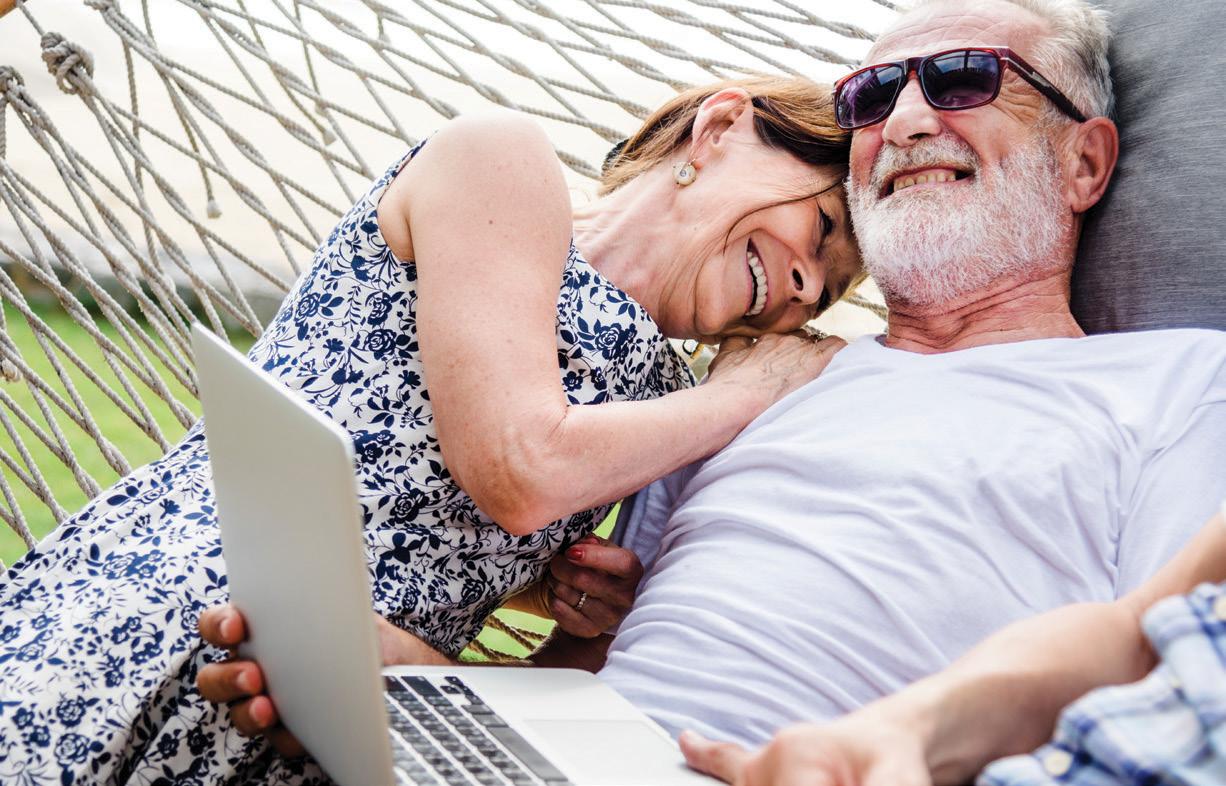

BYE BYE ANXIETY
BY AMANDA ROLAND
For many, traveling on an airplane is exciting and adventurous, but for some, it’s a nightmare come to life. Flight anxiety can hinder your personal life, your career and your peace of mind. The good news is, there are some actions you can take to help lessen your anxiety when faced with anxiety-inducing situations like hopping on a plane or booking a flight.
Flight anxiety is the fear of flying, and it can be caused by a number of triggers that you encounter from the moment you book a flight, to the moment you get off the plane at your new location. According to an entry in the Journal of Travel Medicine called “Anxiety and Health Problems Related to Air Travel,” some known anxiety triggers related to air travel are relocation, in-transit worries, delays, airport congestion, security procedures and many more. Also, just the thought of being away from your home and family can make some people anxious. Traveling can make you feel very vulnerable and helpless, which can only make your anxiety and fears worse, but it is important to remember that if you do suffer from flight anxiety, you are not alone. You should not be ashamed to talk about your anxiety and identify ways to help yourself.
“I like to remind clients (and myself) to ‘acknowledge and allow’ whatever it is that we're feeling,” said licensed mental health counselor Kelly Gregory M.ED, Ed.S. She suggests that instead of trying to shove down the anxiety, you should allow yourself to feel it, experience it and meet it with compassion. Deep breathing could also help at this time to help you concentrate and relax.
“Another thing I would recommend is, either with a trusted professional or on your own, work through a guided visual meditation of seeing yourself go through

the triggering events,” Gregory said. “Notice what moments produce the most anxiety, and see yourself responding effectively in those times.”
Gregory also explains some helpful practices you can use to help yourself when feeling anxious. She likes to think of this as “building a toolbox” that you need to get different jobs done. For example, “grounding skills,” or skills that help us connect to our senses, can be very helpful when coping with anxiety.
“So, think sight, sound, smell, taste, touch, essential oils, music, deep breathing, a cold drink, hot soup or literally "grounding" oneself by feeling your feet on the ground,” Gregory said. “All these things help remind our bodies that we are here and now and that we are safe.”
Calling or talking to a friend when you begin to feel anxious is almost always a great practice as well, according to Gregory. “Sometimes we need someone else to help reassure us, ground us and give us some perspective.”
These “grounding” techniques can be easily achieved on a plane ride or even outside your gate before you board. Ordering a hot coffee, listening to some music and calling your best friend before you board can all lessen your anxiety and hopefully make your flight a little smoother.
*Courtesy of Anxiety and Depression Association of America
Identify your triggers so that you can manage your fear when your anxiety levels are low.
Step onto the airplane with factual knowledge. Familiarity with the facts will help you manage it.
Anticipate your anxiety, this is the most intense anxiety you will experience, but not a predictor of how you will feel.
Label your fear as anxiety and separate it from danger.
Don’t let your anxiety trick you into feeling endangered when you are safe.
Learn about turbulence so when it happens on the plane you know how to handle it.
Let others know how to help you. This will help your fellow fliers know what to do in case you need something.
Value each flight, every flight makes the next one easier.
A Free Backpack & School Supply Giveaway!
Join us for a fun-filled morning as we help local students get ready for school and ready for life!
Free School Supplies (while supplies last)
EARLY LEARNING COALITION - Calculators
(FYI Vision: is Ready for School Ready for Life!)
Saturday, July 12, 2025
8:30 - 11:30 a.m.
Martin Luther King Jr. Multipurpose Center 1028 NE 14th Street, Gainesville, FL 32601
First come, first served kids must be present to receive a backpack! Hosted by Early Learning Coalition of Alachua County. For more information, contact fnobles@elcalachua.org
- Crayons - Markers
- Paper - Pencils - Notebooks - Binders - Folders - Backpacks - Glue - Scissors - Rulers



Experience an elegant evening on Saturday, August 16, at the 13th Annual Red Shoe Affair, benefiting the Ronald McDonald House Charities of North Central Florida. Enjoy live entertainment, a gourmet dinner by Embers, auctions, a champagne toast, dancing, and powerful stories from families served by the House. SATURDAY AUG 16 | 6PM
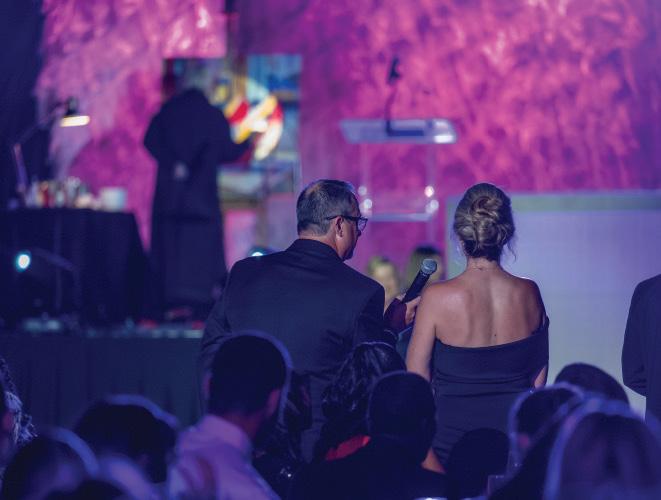
Upgrade to VIP for access to the exclusive Center Court Club hosted by Ali Napier. Tickets are limited.
rmhcncf.org/event/red-shoe-affair


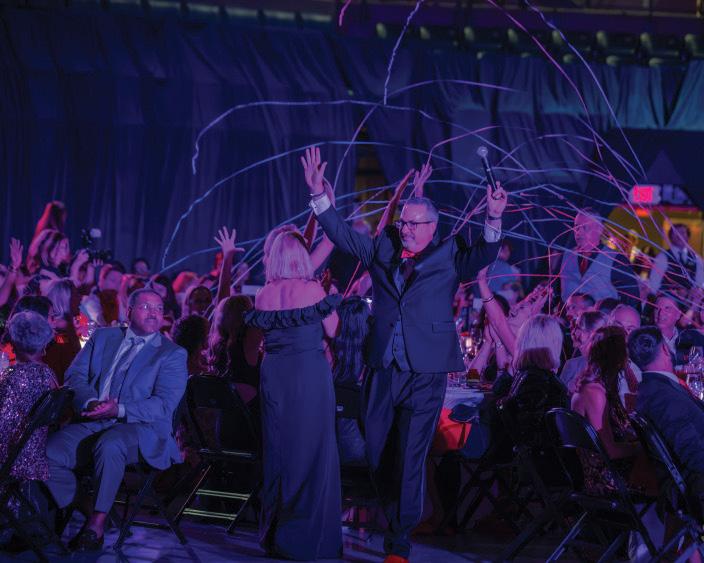





Gainesville Cars & Coffee at Butler Plaza
9 - 11 a.m. | Butler Plaza
gainesvillecarsandcoffee.com
Local automotive enthusiasts can get together and enjoy a cup of coffee while looking at everyone’s vehicles! All cars are welcome, regardless of whether they are imports, exotics or classics.
This event repeats on the second Sunday of every month. (Free)
Free Fridays Concert Series
7 - 9 p.m. | Bo Diddley Plaza gainesvillefl.gov
Every Friday through August, go see amazing free music at Bo Diddley Plaza.
This event repeats every Friday.


Gainesville Cars & Coffee at Tioga 9 - 11 a.m. | Tioga Town Center gainesvillecarsandcoffee.com
Local automotive enthusiasts can get together and enjoy a cup of coffee while looking at everyone’s vehicles! All cars are welcome, regardless of whether they are imports, exotics or classics.
This event repeats on the first Saturday of every month. (Free)
Ranger-Led Tour at Devil’s Millhopper
10 - 11 a.m.
Devil’s Millhopper Geological
State Park
visitgainesville.com
Learn about Devil’s Millhopper Geological State Park on this rangerled tour.
This event repeats every Saturday.
Birds and Brews: Guided Bird Walks
5:45 - 7 p.m.
First Magnitude Brewing Company fmbrewing.com/fmevents
Join First Magnitude and the Alachua Audubon Society for an informal guided bird-watching tour at Depot Park. Enjoy drinks at the brewery afterward!
This event repeats the first Sunday of each month.
Mill Creek Farm Retirement Home for Horses
11 a.m. - 3 p.m. | Mill Creek Farm millcreekfarm.org
Bring two carrots to pay for your admission to feed retired horses! This event repeats every Saturday.
Haile Farmers Market
8:30 a.m. - Noon | Haile Plantation hailefarmersmarket.com
Head out to Haile to enjoy fresh, local produce, meats, honey, oils and more! This event repeats every Saturday.
Depot Park Parkrun
7:30 - 9 a.m. | Depot Park parkrun.us/depotpark
A free, weekly community 5k! This event repeats every Saturday.
Grove Street Farmers Market
4 - 7 p.m.
Cypress & Grove Brewing Co. grovestreetfarmersmarket.com
Check out authentic items like farm fresh eggs, organic vegetables, freerange beef and artisan crafted products. This event repeats every Monday.
Jazz on the Green
7 - 9 p.m. | Celebration Pointe celebrationpointe.com
Sit outdoors and enjoy live music, food, drinks and more.
This event repeats the second Saturday of each month.
Thursday, July 3
City of Williston’s 4th of July Celebration
5 - 9 p.m.
Horseman’s Park
Celebrate Independence Day with a parade followed by fireworks starting at 7 p.m.!
Thursday, July 3
WUFT’s Fanfares & Fireworks
6 - 10 p.m.
University of Florida Bandshell at Flavet Field
wuft.org
Enjoy an evening of live music, food trucks and spectacular fireworks. For safety reasons, no dogs, sparklers, drones or alcohol are allowed at the event.

Friday, July 4
Friday, July 4
Red, White and Brew
4 - 8 p.m.
Blackadder Brewing Company
Come celebrate the 4th with friends and select beer specials and Nonna’s pizza!
Friday, July 4
47th Annual Jack Gamble Melon Run
8 a.m.
1001 NW 34th Street
runsignup.com
This 3-mile run on the rolling hills of the course is hosted by the Florida Track Club. Winners of each age-group will receive a watermelon!
Friday, July 4
City of Alachua Annual Fourth of July Celebration
4 - 9:30 p.m.
Legacy Park Recreation Complex cityofalachua.com
Enjoy Independence Day at the City of Alachua's annual Fourth of July Celebration! There will be food trucks, live music and the largest small-town fireworks display in America.
Thursday, July 4
Micanopy’s Fourth of July Celebration
11 a.m. | Micanopy micanopytown.com
Celebrate Independence Day in Micanopy with a traditional parade, music, fireworks and fun! You can explore the Historic District, shop and enjoy a meal from one of the food trucks. There will be a bounce house set up at Carson Robert Sports Complex and plenty of space to play family games. Fireworks will begin at dusk. Fireworks at dusk at the Ball Park, 8:45 pm
Saturday, July 5
Guided Walk at Kanapaha Botanical Gardens
10 a.m. - Noon
Kanapaha Botanical Gardens kanapaha.org/events
Explore the wildlife and beauty of Kanapaha Botanical Gardens on a guided tour.
Sunday, July 6
Perspectives in the Park Legendary lives at Evergreen Cemetery
1 - 2 p.m.
Hogtown Creek Headwaters Nature Center gainesvillefl.gov
Rediscover the ordinary people whose extraordinary journey shaped our community.
FRIDAY, JULY 11
Tioga Concert Night featuring Cam Wheaton
7 - 10 p.m. | Tioga Town Center | facebook.com/events
Bring your lawn chairs and blankets and come enjoy free live music by Cam Wheaton.
SATURDAY, JULY 12
Ready-2-Learn Rally
8:30 - 11: 3 0 a.m.
Martin Luther King Jr. Multipurpose Center
A Free Backpack & School Supply
Giveaway! Ages 4-13. First come, first serve. Kids must be present to receive a backpack! While Supplies Last. Hosted by the Early Learning Coalition of Alachua County.
Saturday, July 19
UF/IFAS Family Fishing Day
8 a.m. - Noon 7922 NW 71st St, Gainesville ffgs.ifas.ufl.edu
Enjoy some quality time together at this month’s UF/IFAS Family Fishing Day!
Friday, July 25
Tioga Concert Night
7 - 10 p.m. | Tioga Town Center facebook.com/events
Bring your lawn chairs and blankets and enjoy live music by The Couch Messiahs!

Saturday, July 26
Book Swap!
11 a.m. - 2 p.m. | The Repurpose Project Come exchange books (and puzzles!) and discuss your favorite reads with your fellow community members. Bring in and take home as many new reads as you please! They will also have a table for swapping jigsaw puzzles. They will be donating all the leftover books to GNV Books to Prisoners and Friends of the Library. FREE event!
Wednesday, July 31
Healthy Afternoons with Gainesville Fire Rescue
3 - 5 p.m. | Location vary gainesvillefl.gov
Join the Gainesville Fire Rescue every month for family-friendly fun while learning important health and safety information and connecting with the community.
Sunday, August 3
Guided Walk at Kanapaha Botanical Gardens
10 a.m. - Noon
Kanapaha Botanical Gardens kanapaha.org/events
Explore the wildlife and beauty of Kanapaha Botanical Gardens on a guided tour.
Sunday, August 3
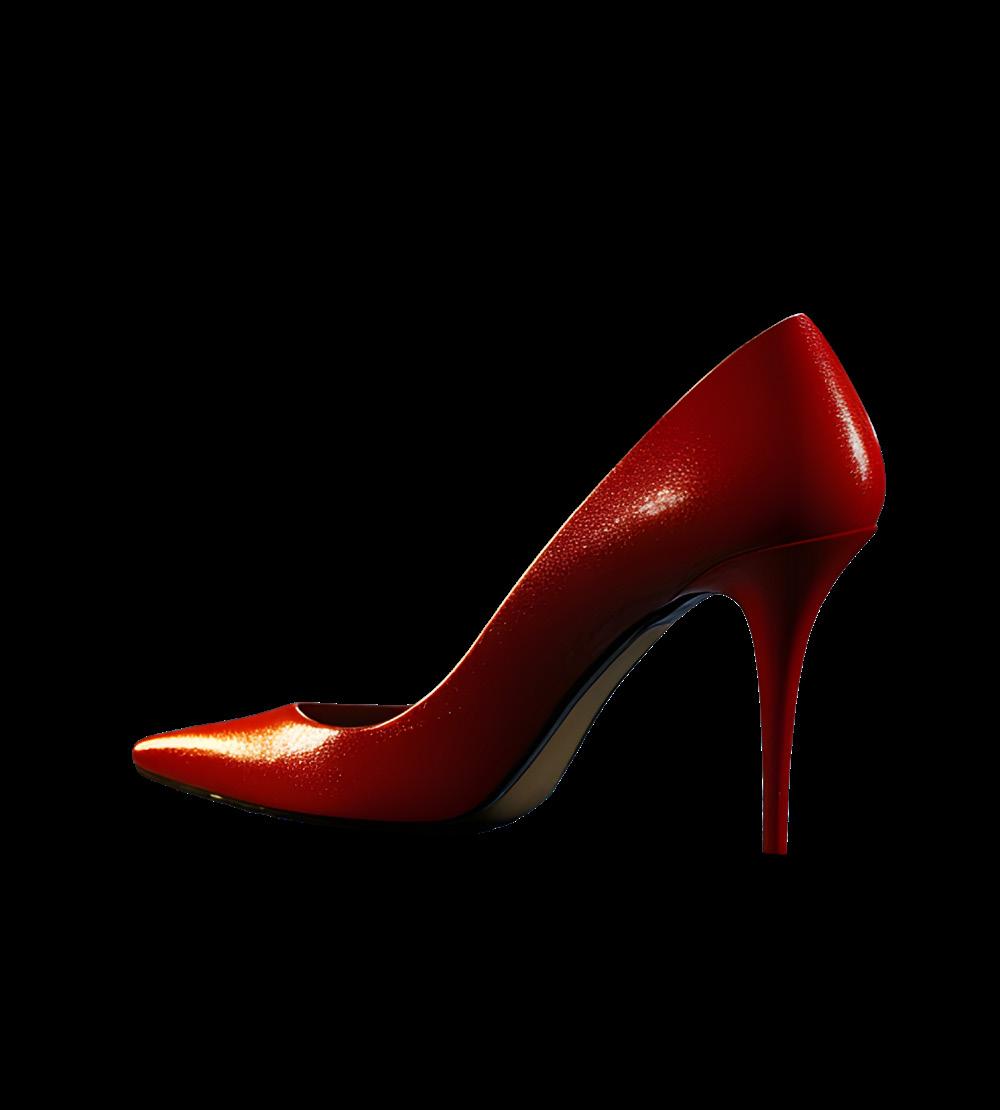
Perspectives in the Park: Nature-Based Solutions for Coastal Resilience
1 - 2 p.m.
Hogtown Creek Headwaters Nature Center
gainesvillefl.gov
Join in a discussion about how coastal communities are using nature-based solutions for flooding and erosion.
Saturday, August 16Sunday, August 17
8th Annual Gainesville Indoor PIckleball Showcase
8 a.m.
Alachua County Sports and Events Center
This event will once again partner with Touching Hearts at Home, with proceeds benefiting ElderCare of Alachua County — because nothing feels better than playing for a cause! $10 from your registration fee will be donated directly to ElderCare of Alachua County.


Here you will count the number of insects landing on one blooming plant for 15 minutes, Learn how flowers & insects work together. Fun for the whole family. Wear a hat and bring your specs to see up close. Free entry and parking. Uneven surfaces to get to butterfly and wildflower gardens.
Saturday, August 16
Red Shoe Affair
6 p.m.
Exactech Arena at the Stephen C. O’Connell Center
rmhcncf.org/event/red-shoe-affair
The 12th annual Red Shoe Affair will support the Ronald McDonald House families and celebrate the organization’s new house. There will be silent and live auctions, family stories, food, open bars, dancing and more!
Saturday, August 16
UF/IFAS Family Fishing Day
8 a.m. - Noon 7922 NW 71st St, Gainesville ffgs.ifas.ufl.edu
Enjoy some quality time together at this month’s UF/IFAS Family Fishing Day!
Friday, August 22
Houston Keen & Cam Wheaton Duo
7 - 10 p.m. | Tioga Town Center facebook.com/events
Bring your lawn chairs and blankets and enjoy live music by Houston Keen & Cam Wheaton.
Thursday, August 28
Tailgate Party at the Shoppes at Thornebrook
5 - 8 p.m.
Fun for the whole family at the Shoppes at Thornebrook! Celebrate the return of football season with a variety of food trucks, music with Kiss 105.3, and popups from your favorite local vendors.
Wednesday, August 28
Healthy Afternoons with Gainesville Fire Rescue
3 - 5 p.m.
Locations vary gainesvillefl.gov
Join the Gainesville Fire Rescue every month for family-friendly fun while learning important health and safety information and connecting with the community.
Saturday, August 30
Gators Football vs. LIU
7 p.m.
Ben Hill Griffin Stadium facebook.com/events
Come and watch as the Gators kick off their 2025 football season!

